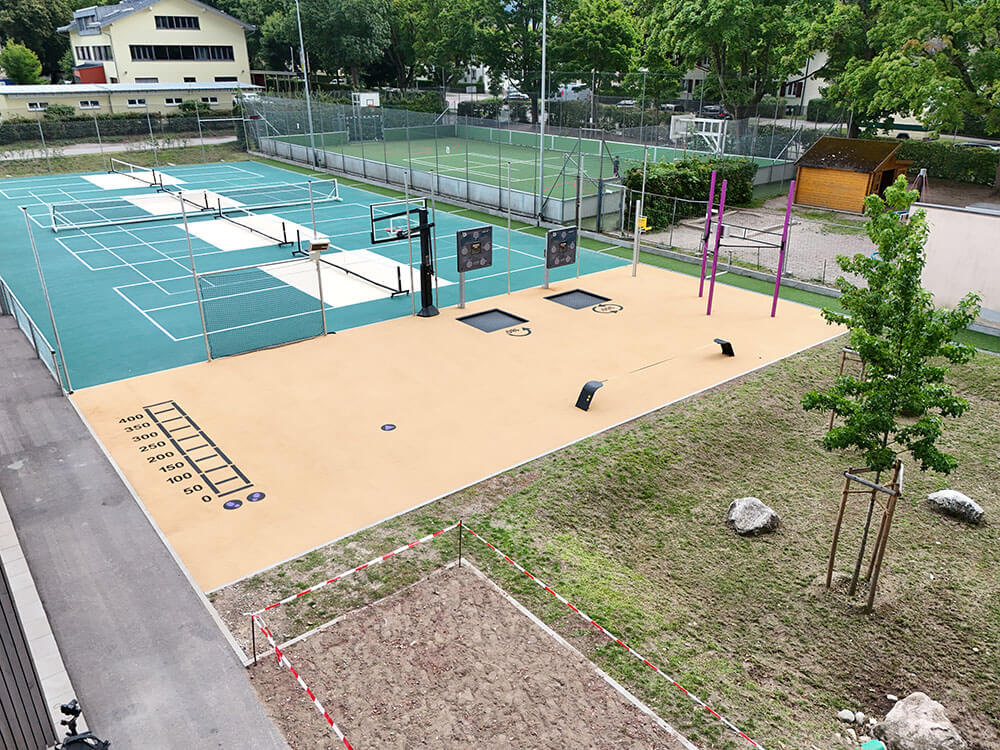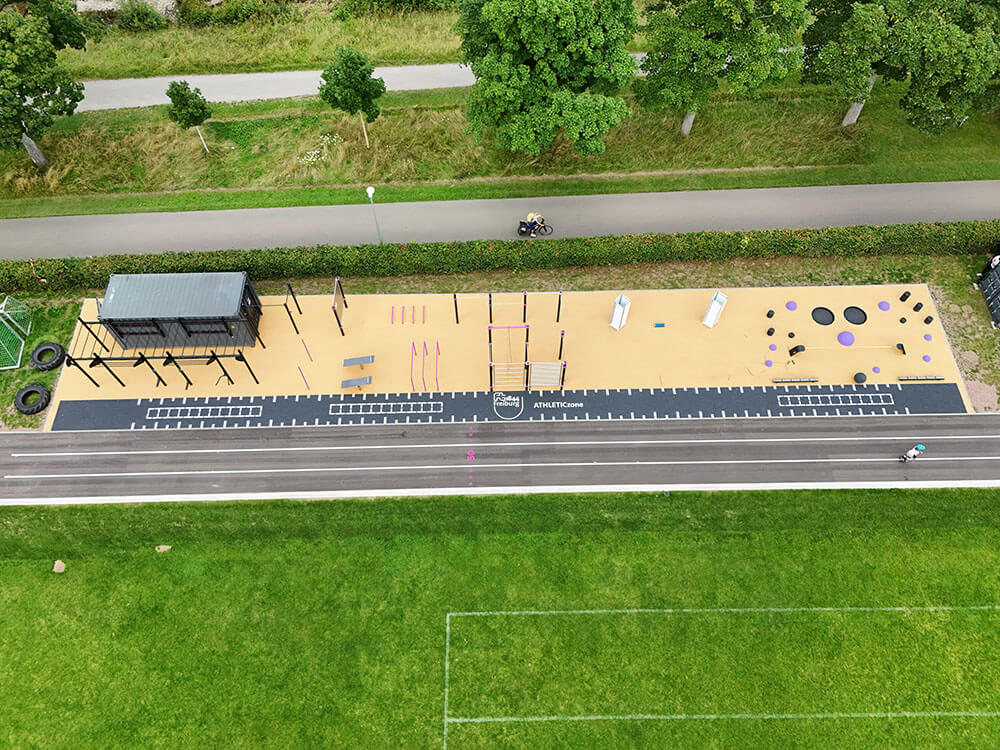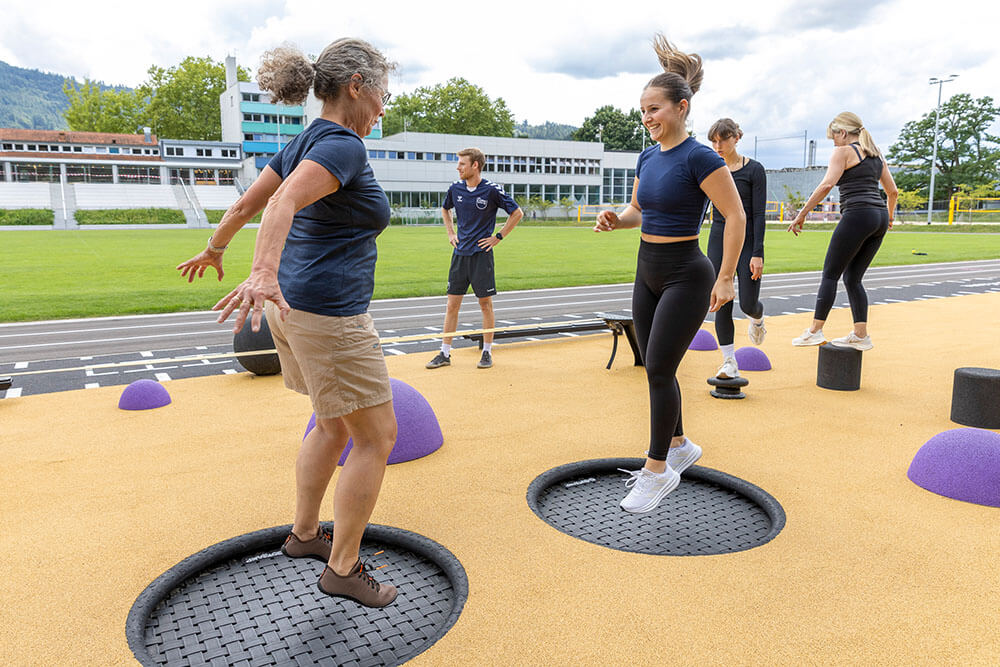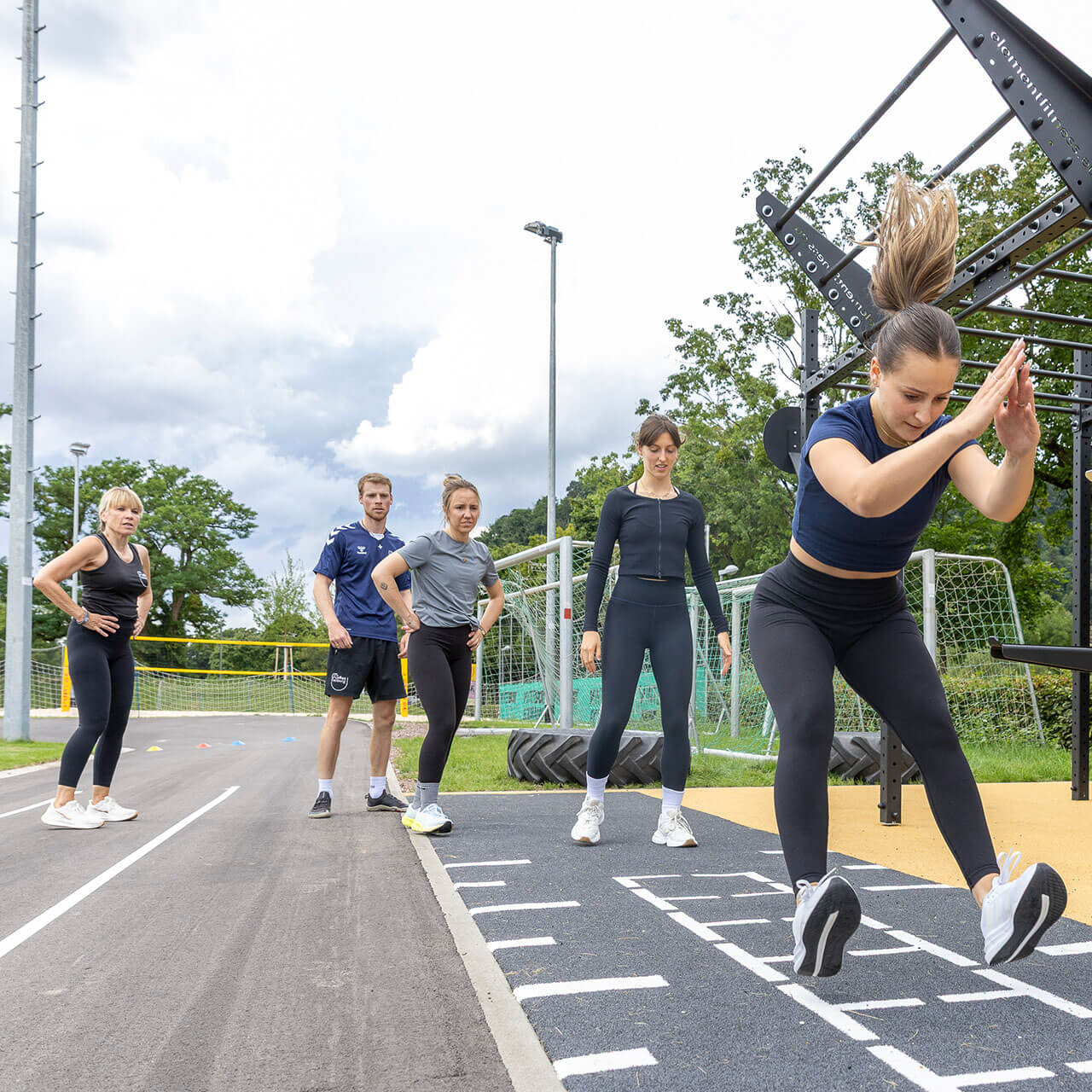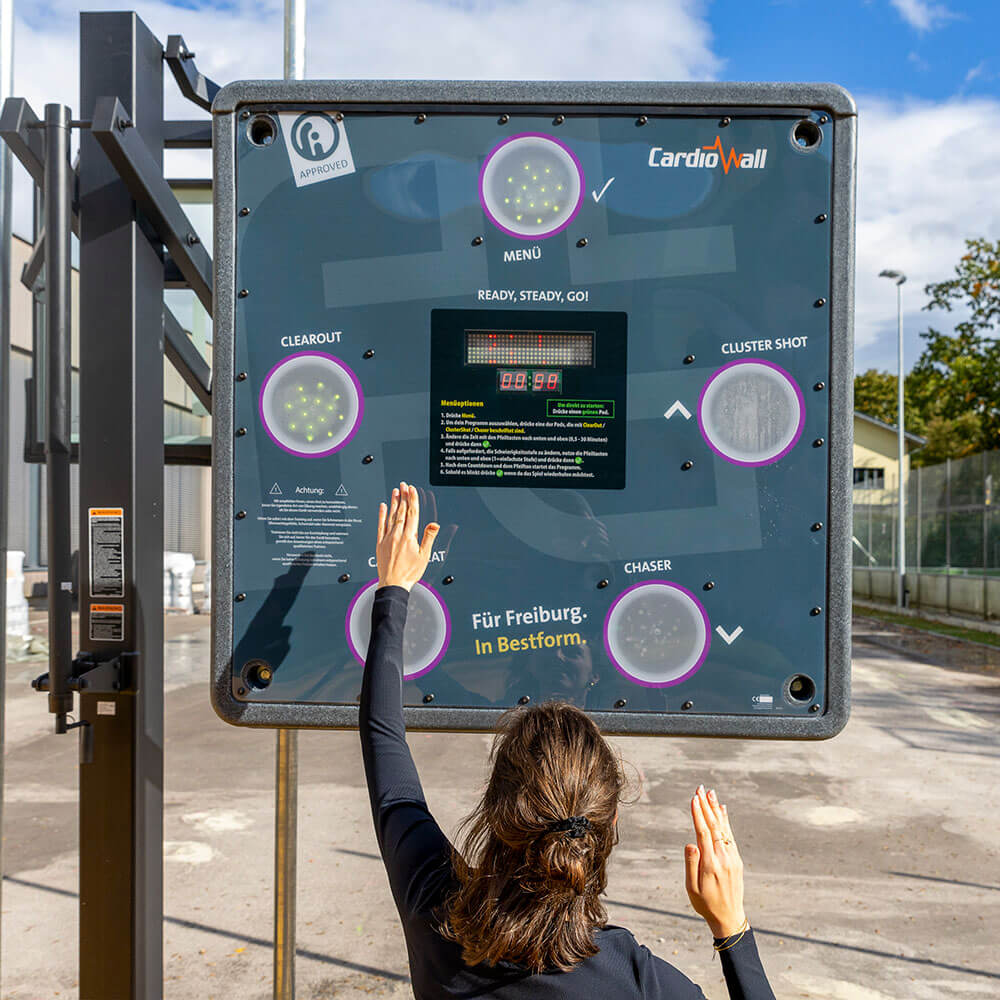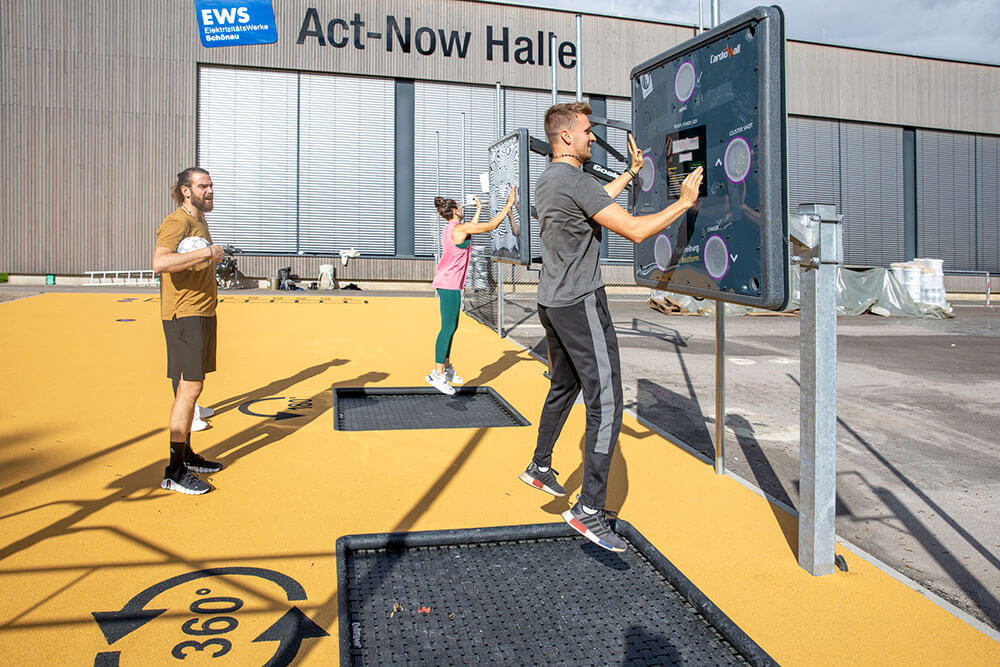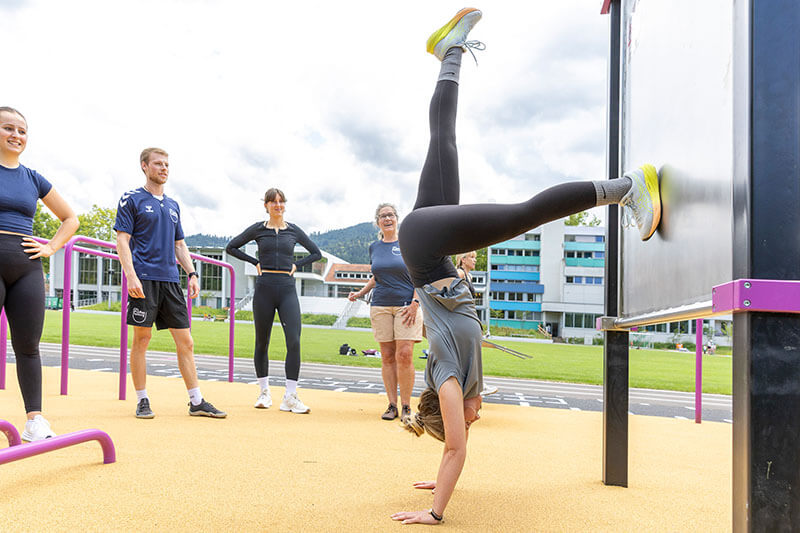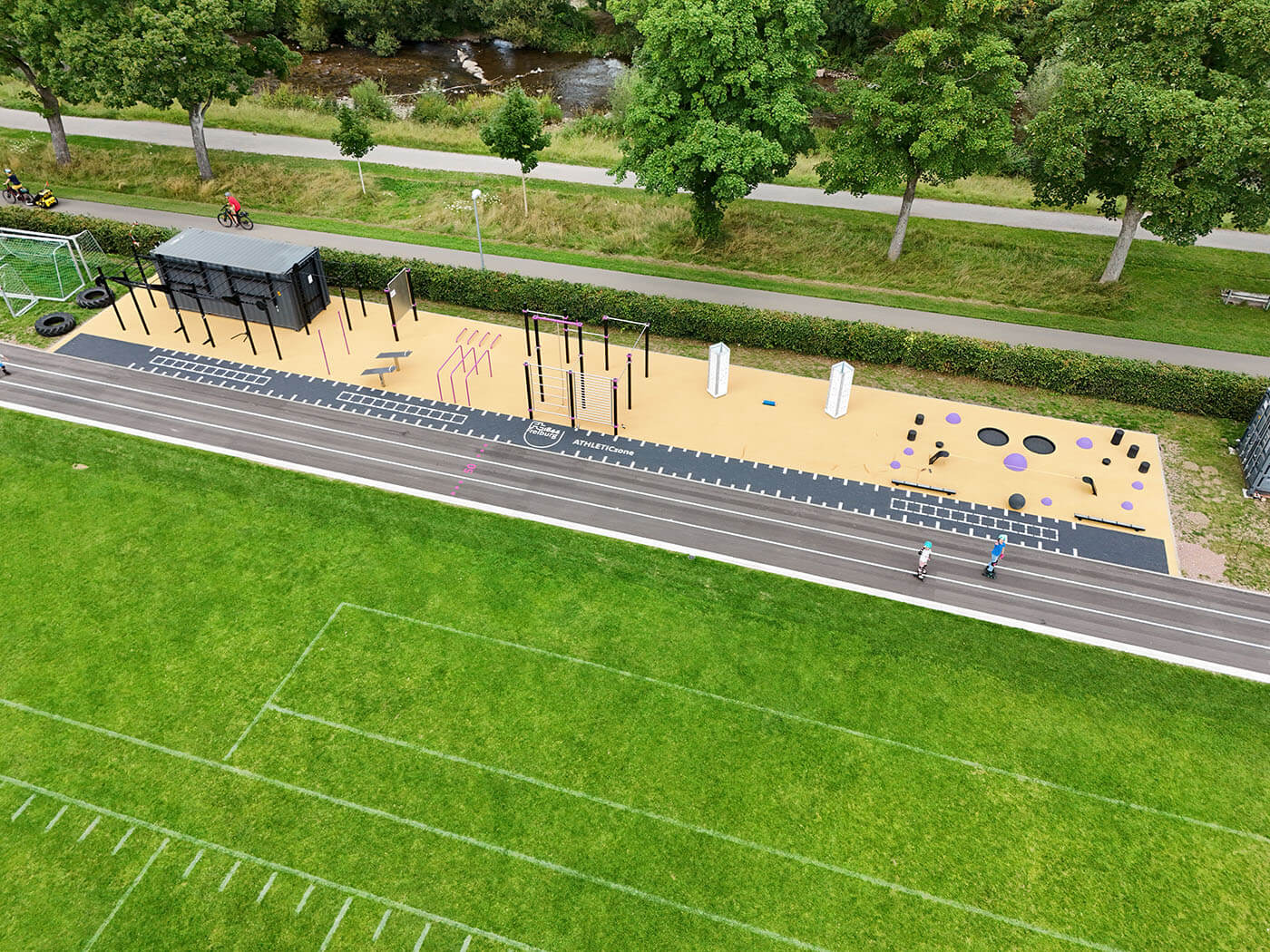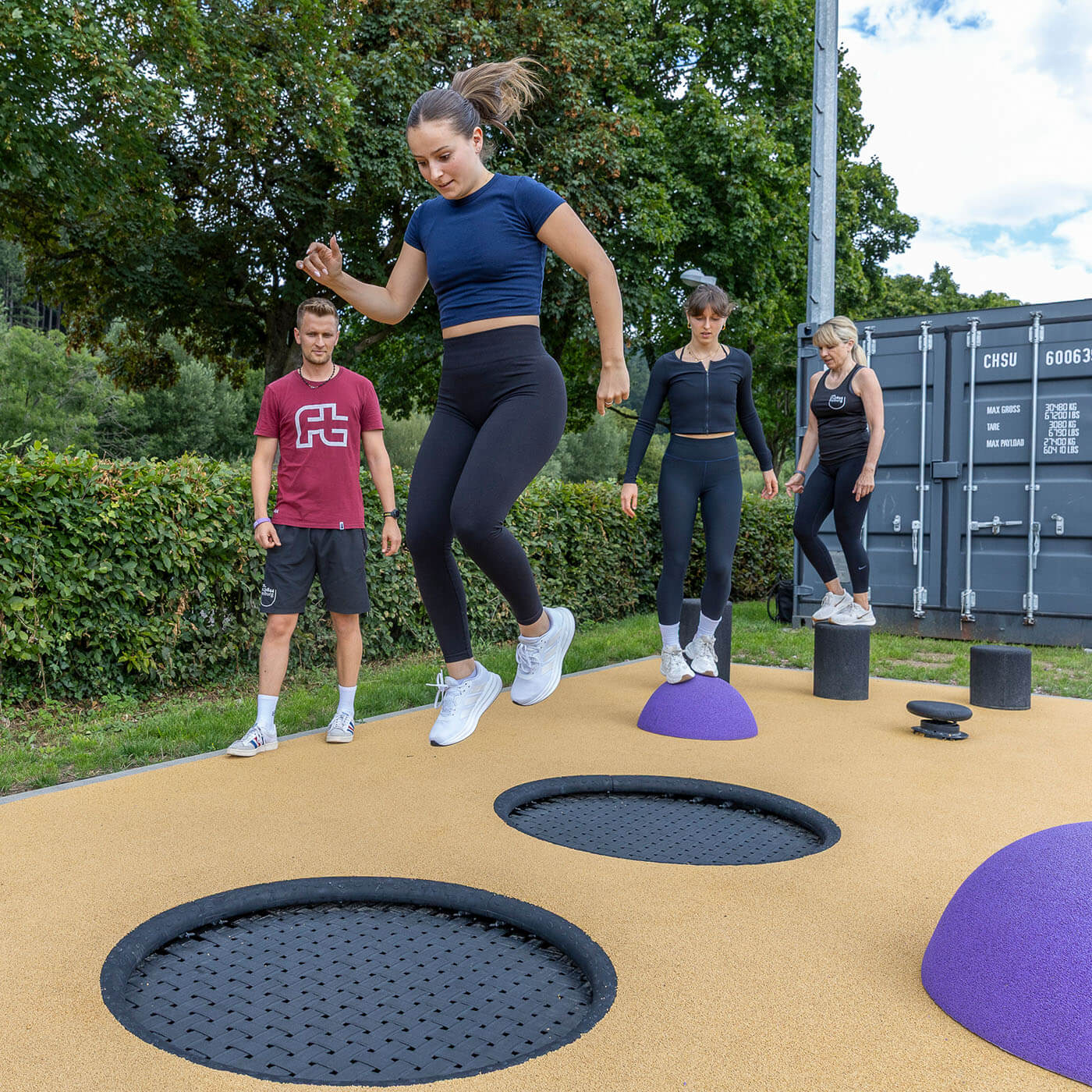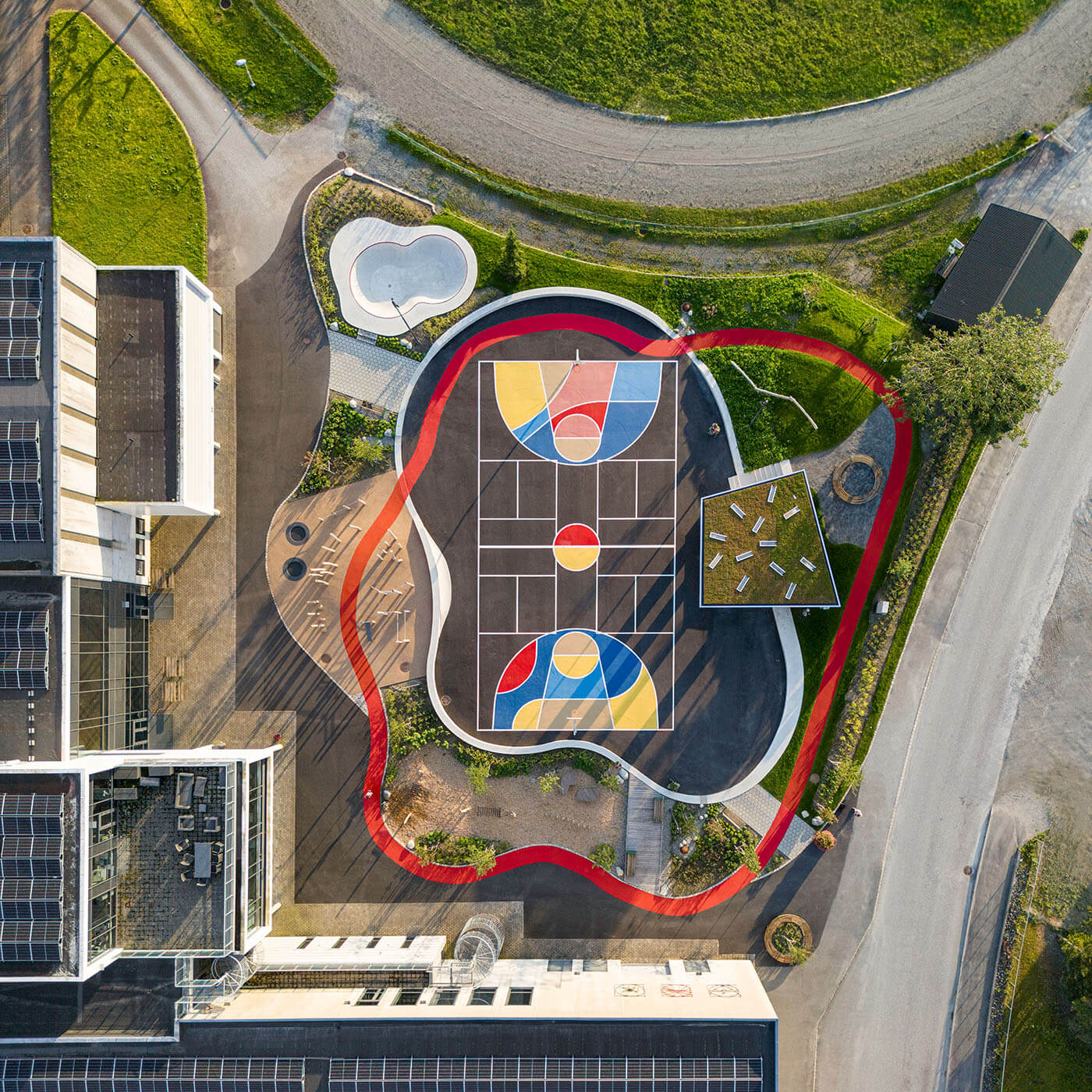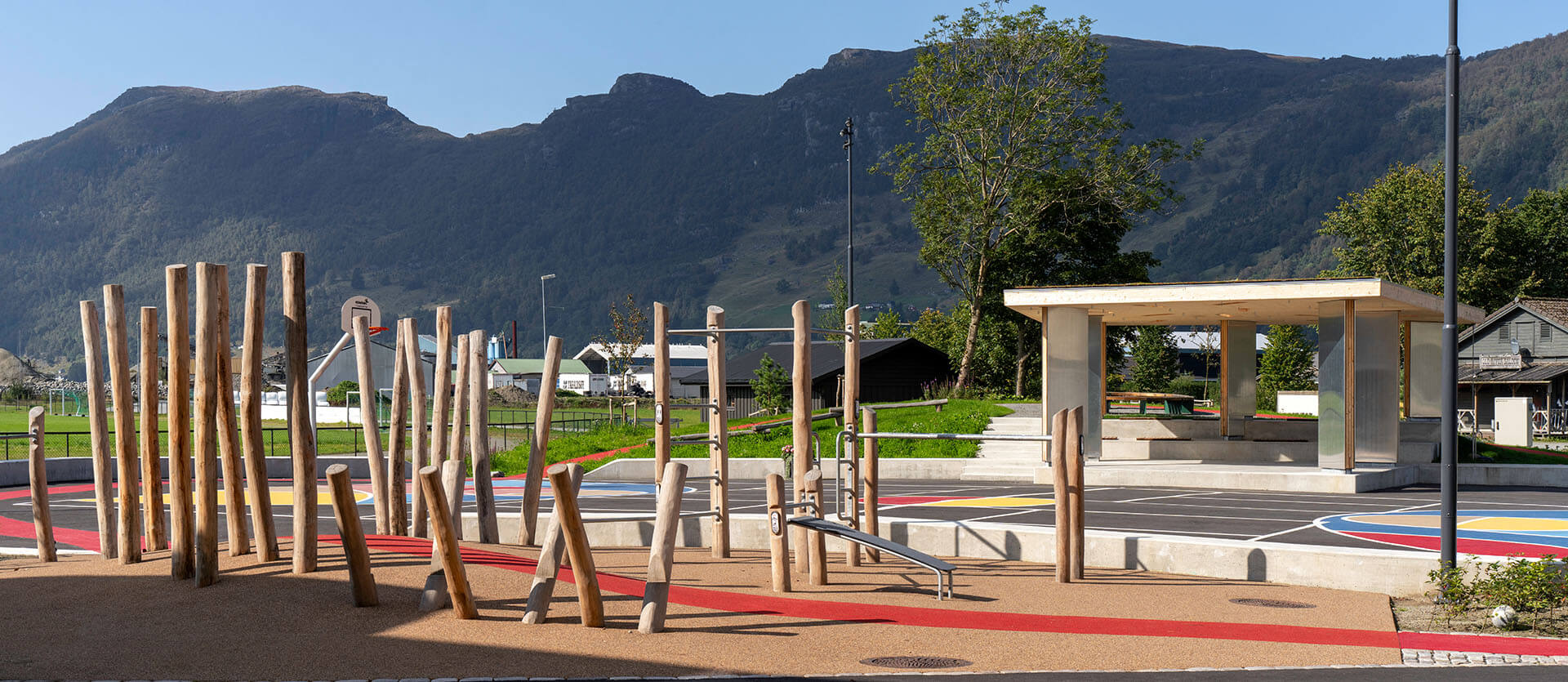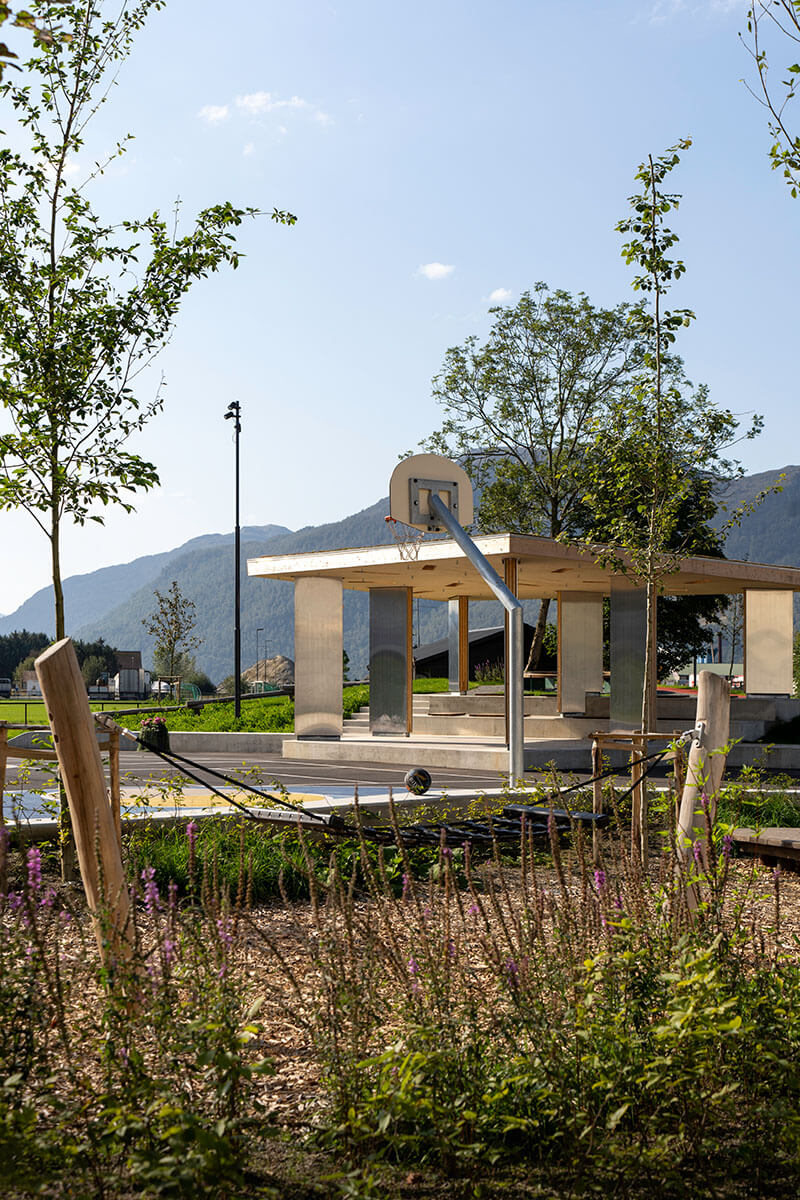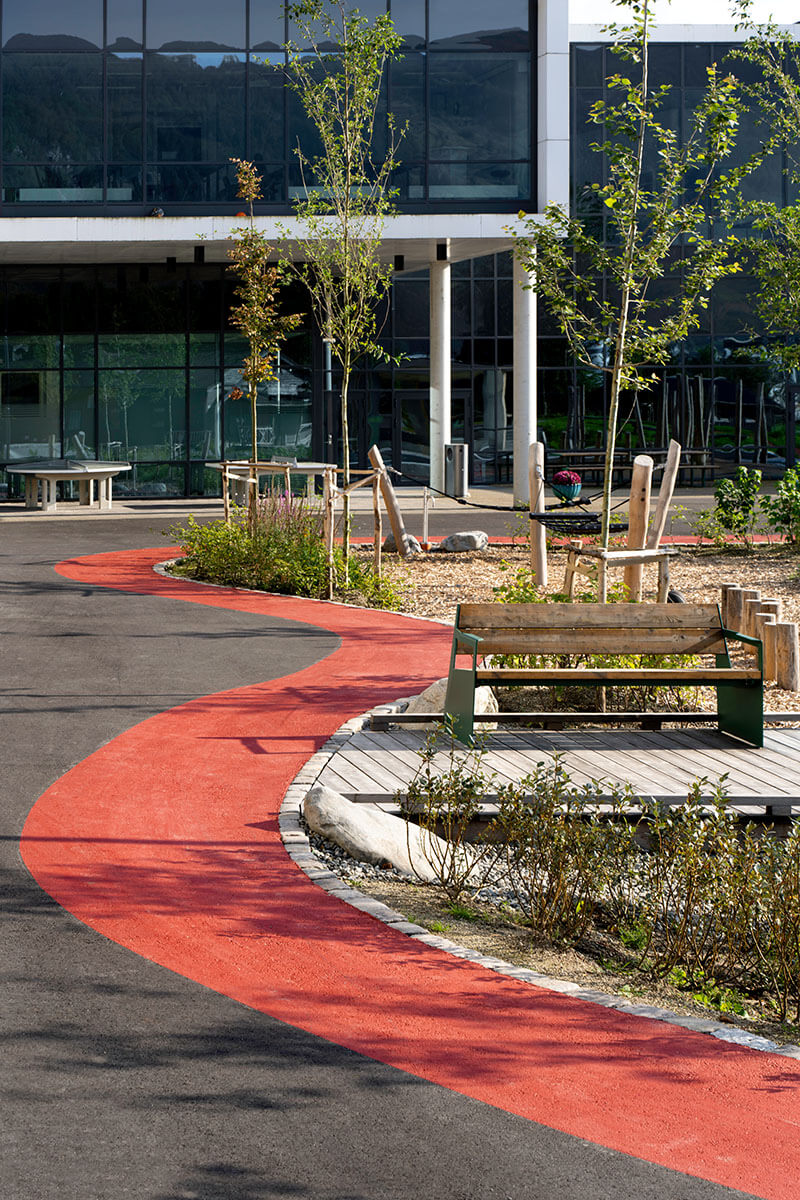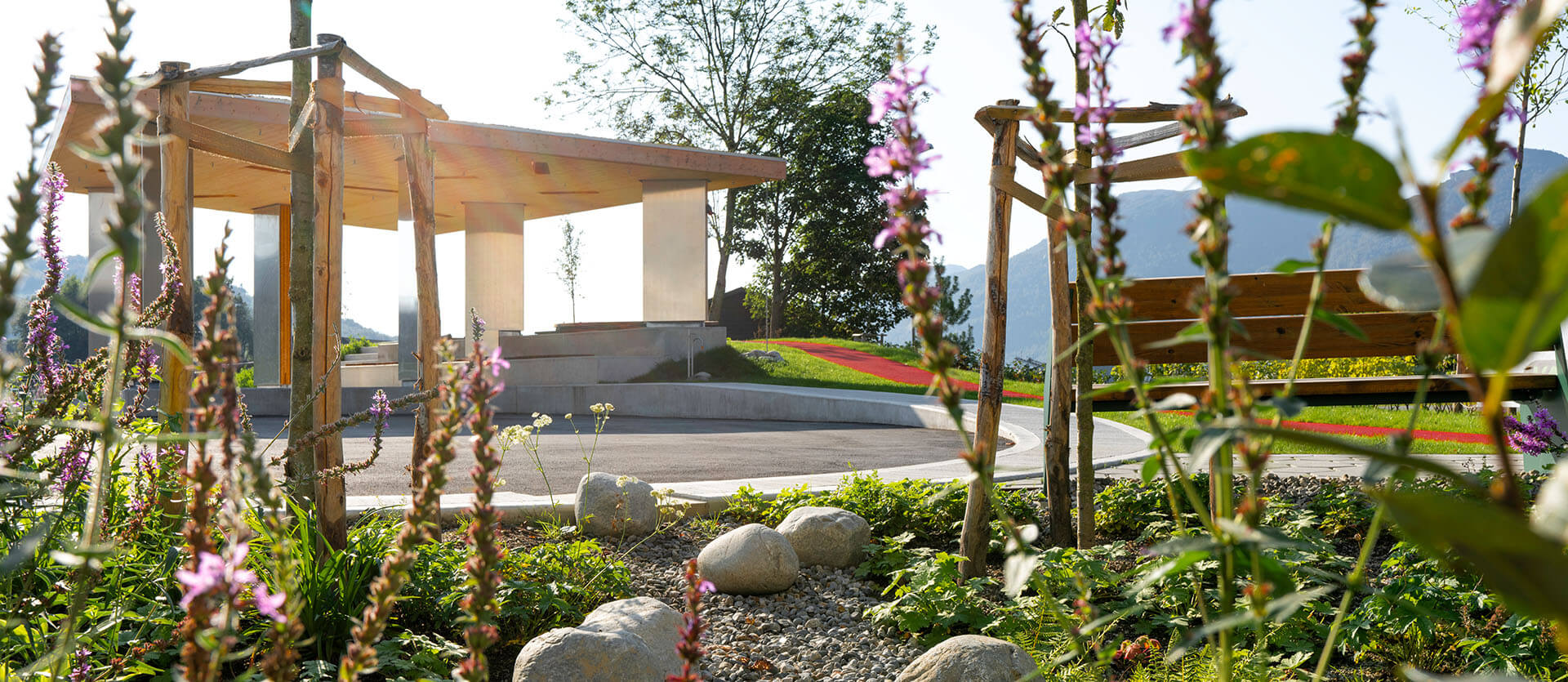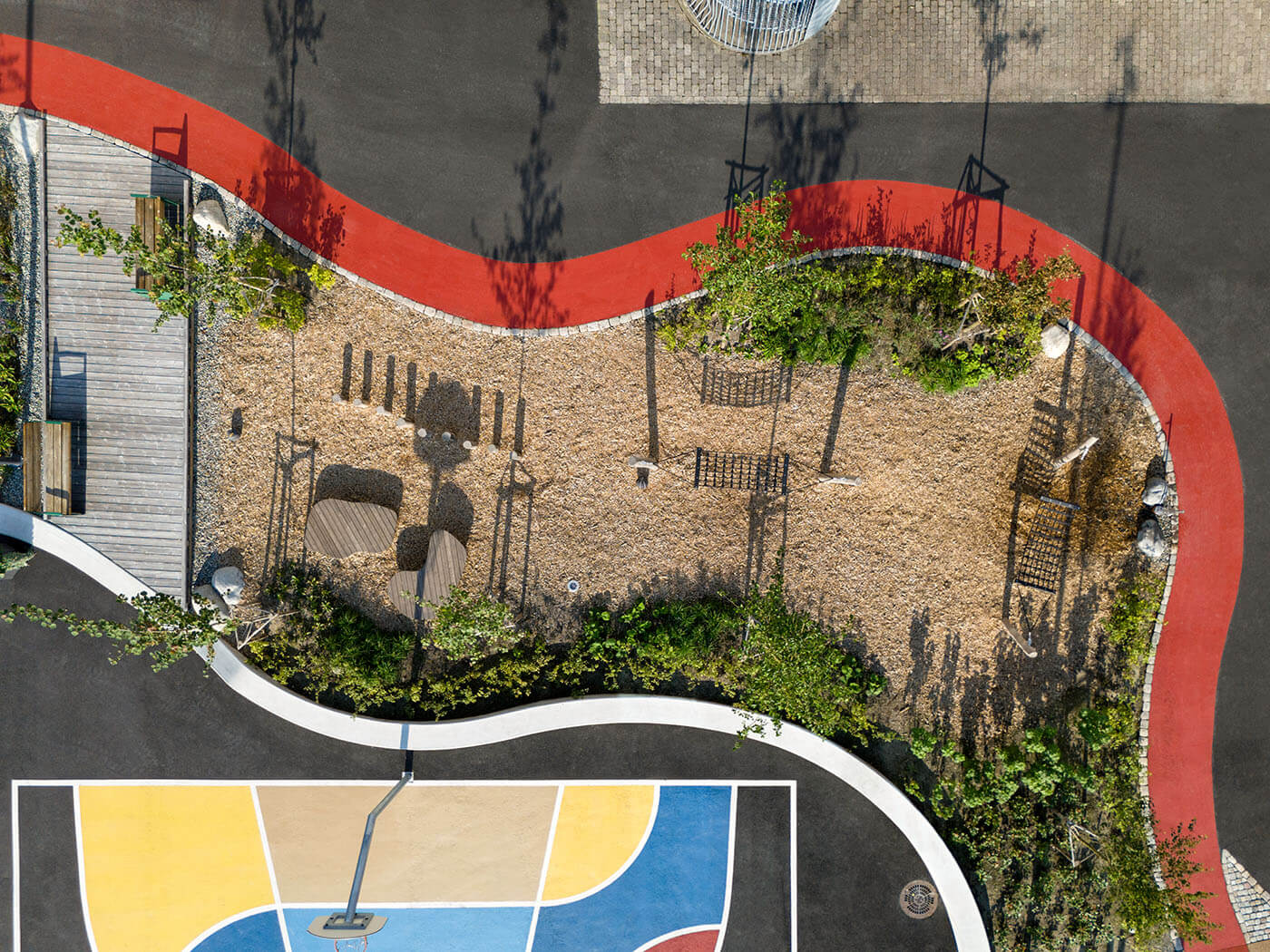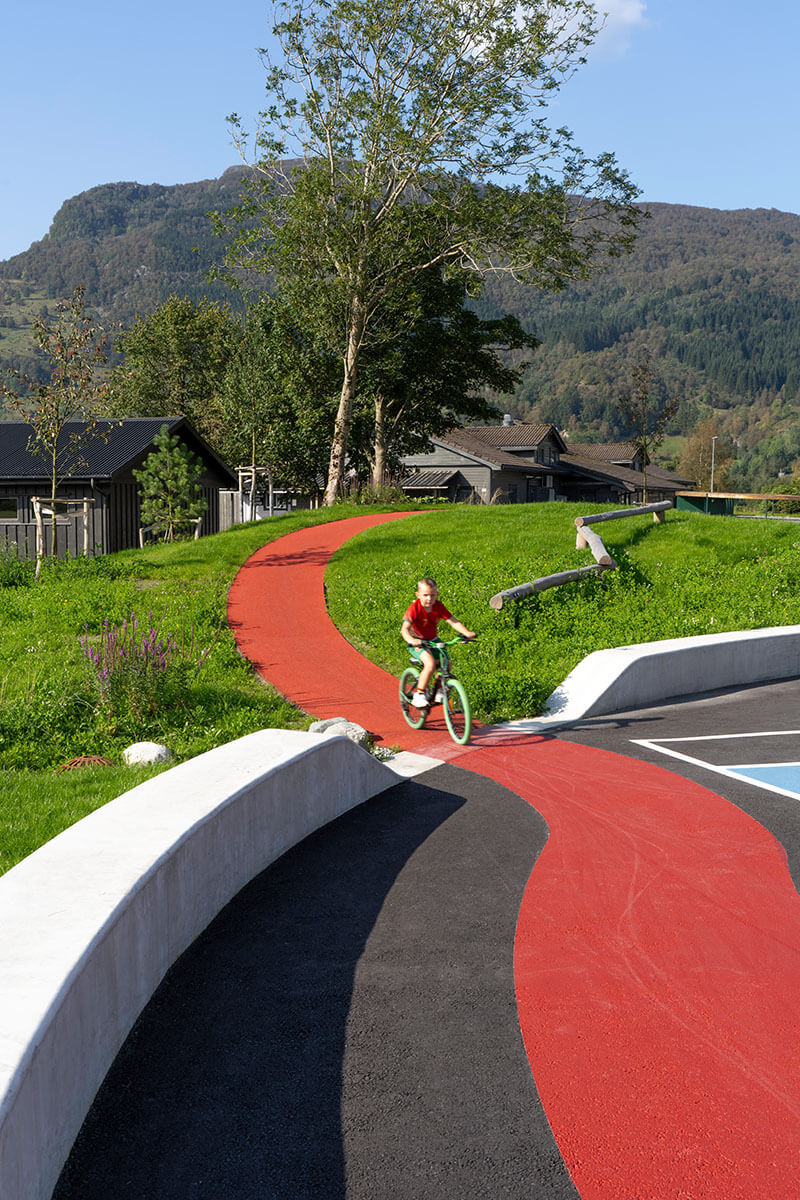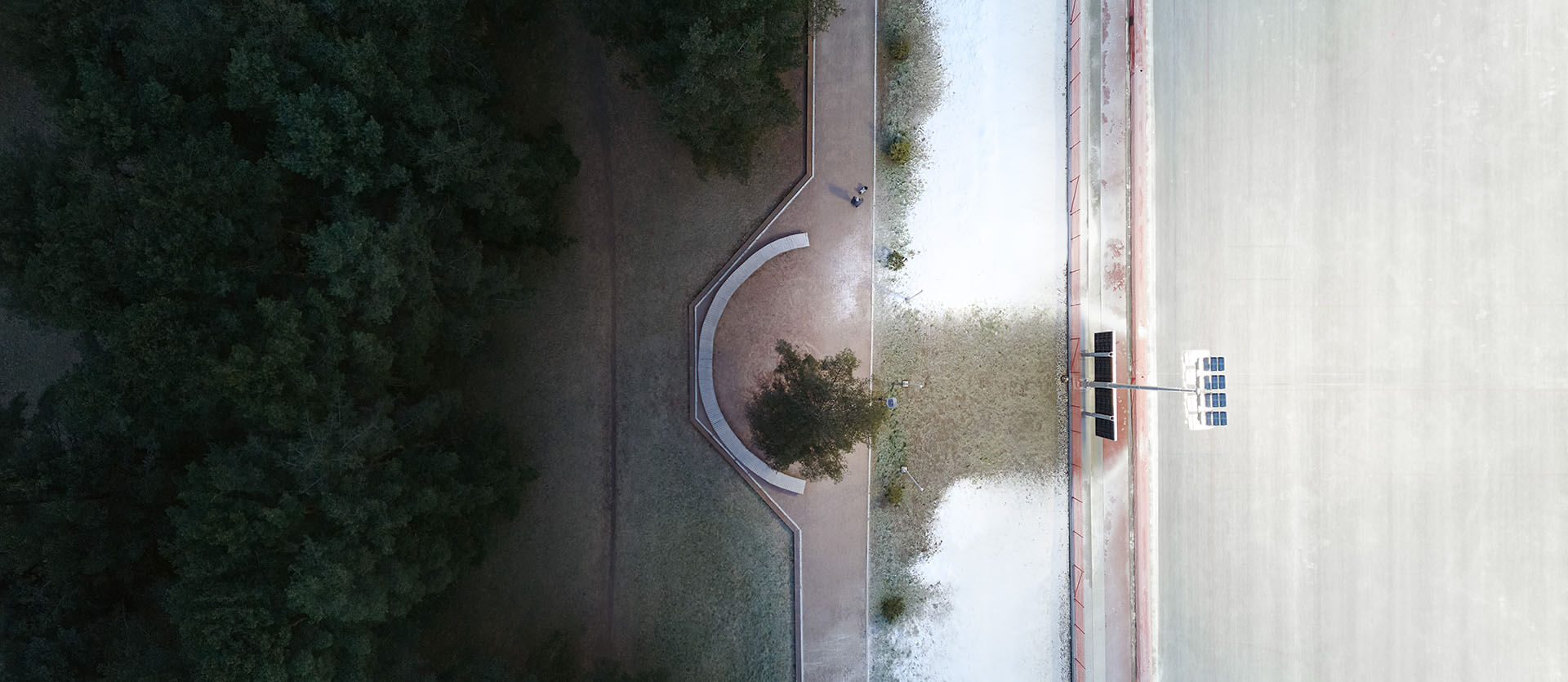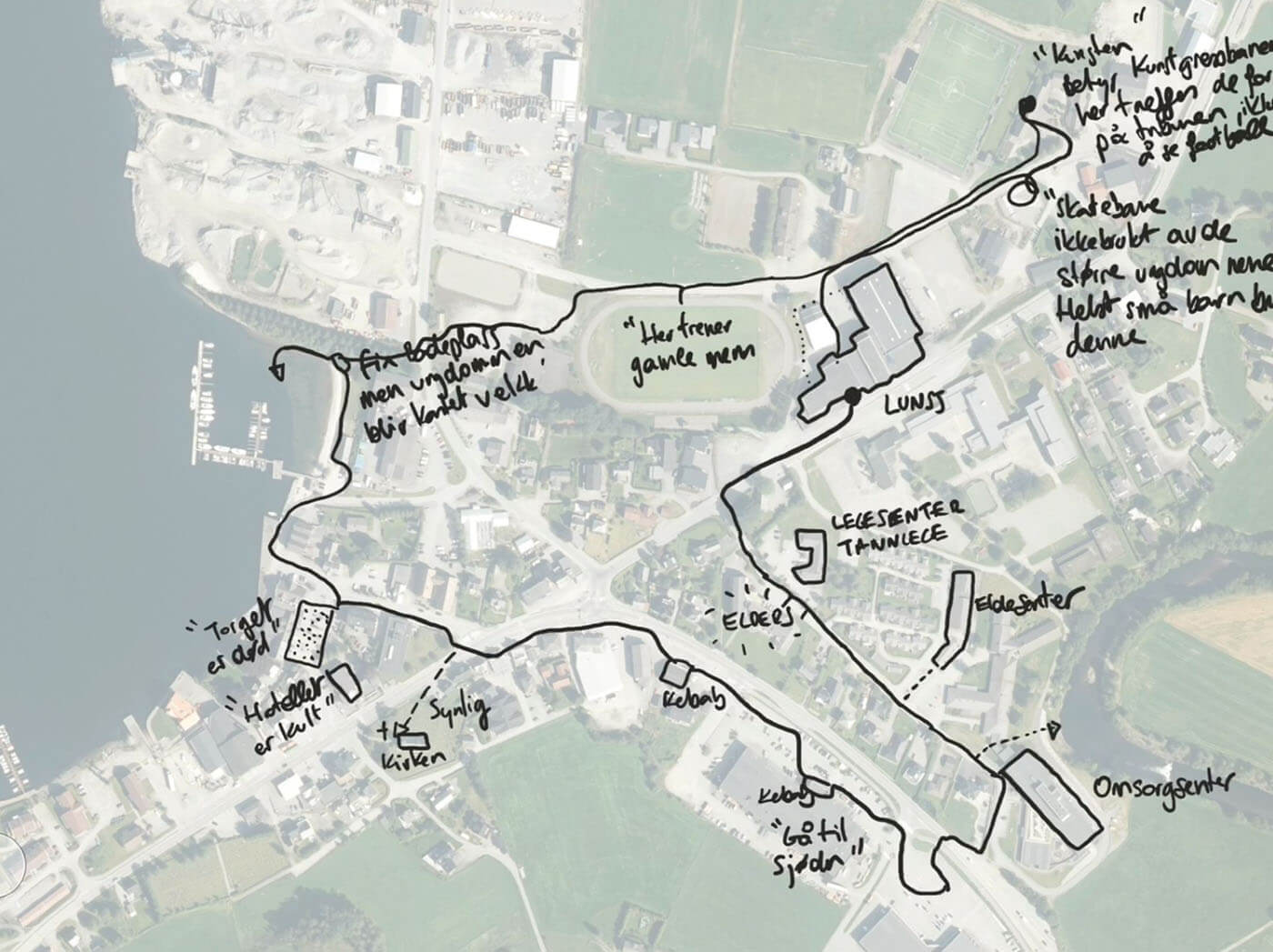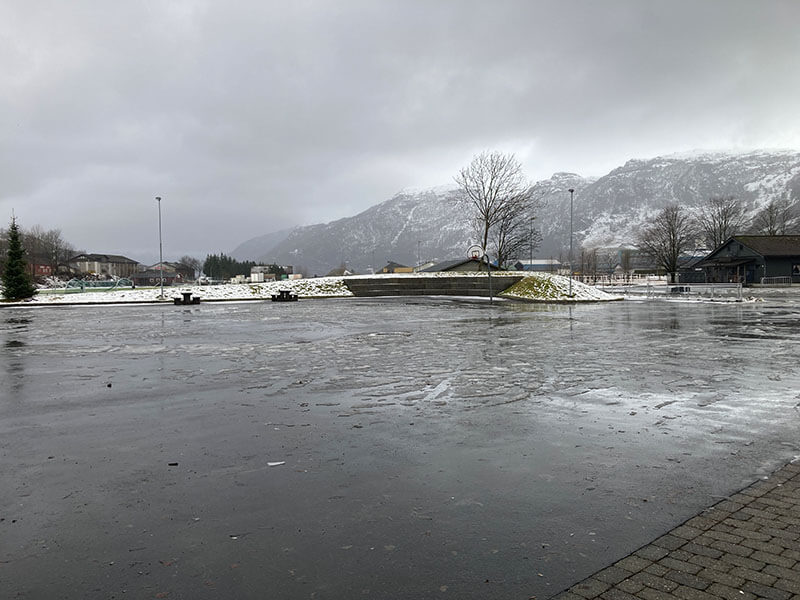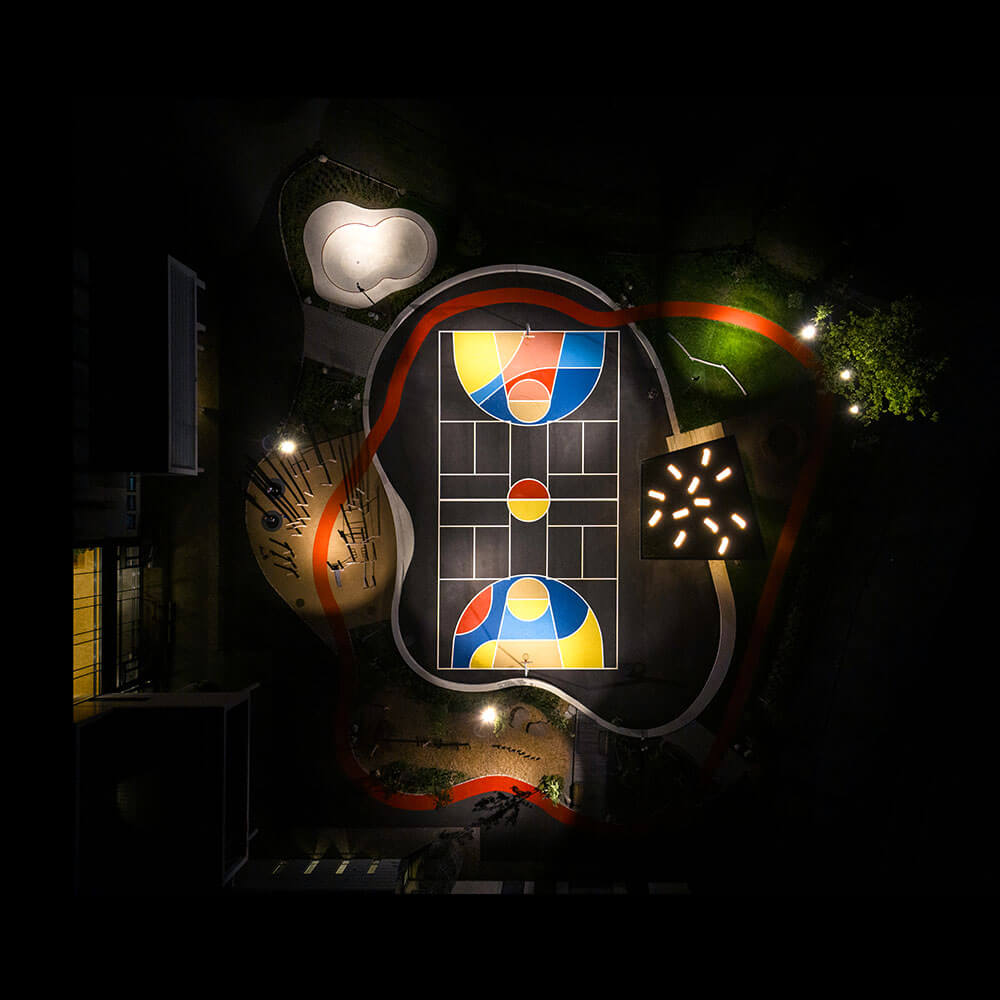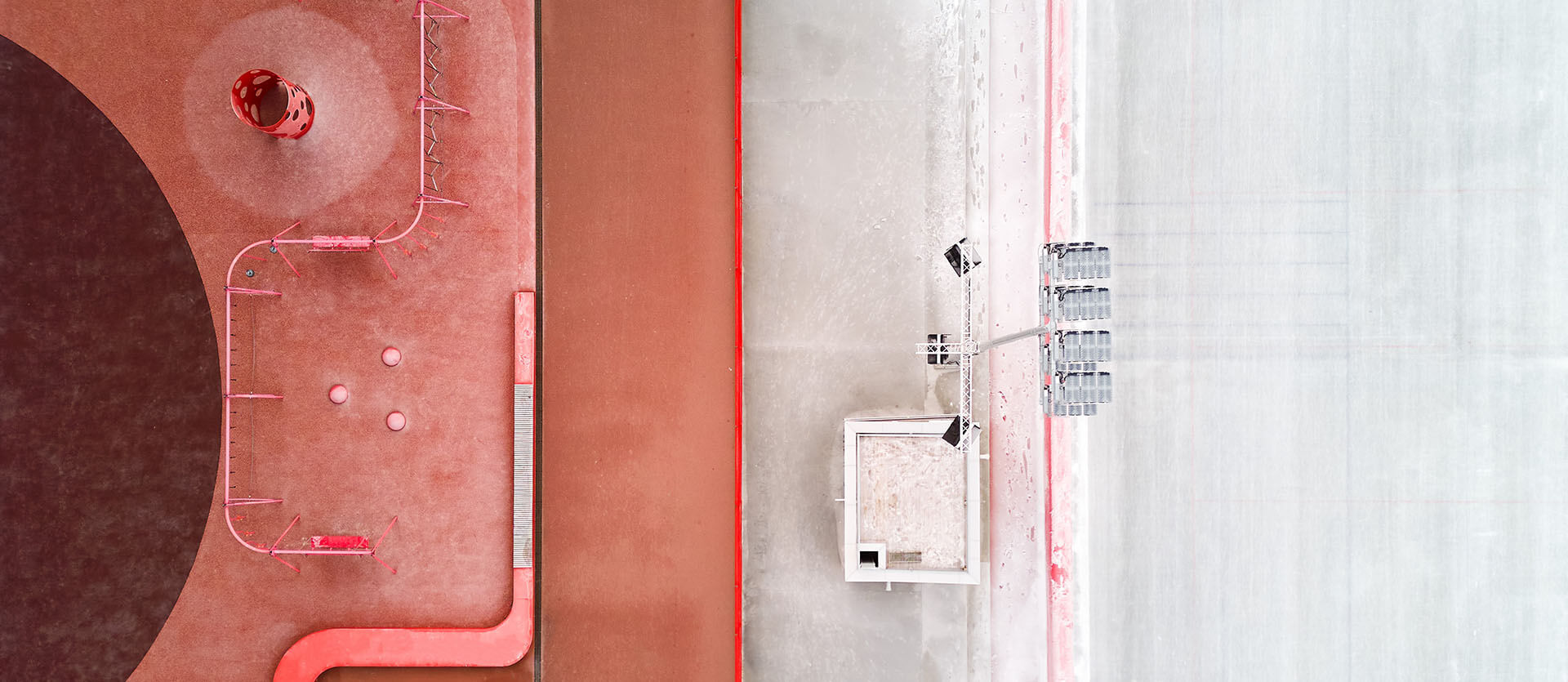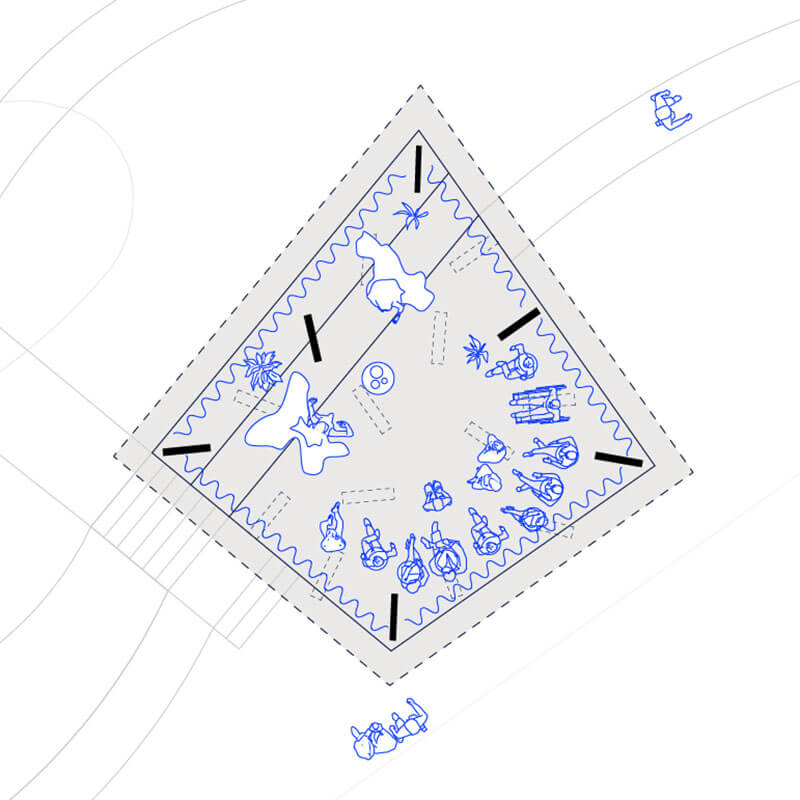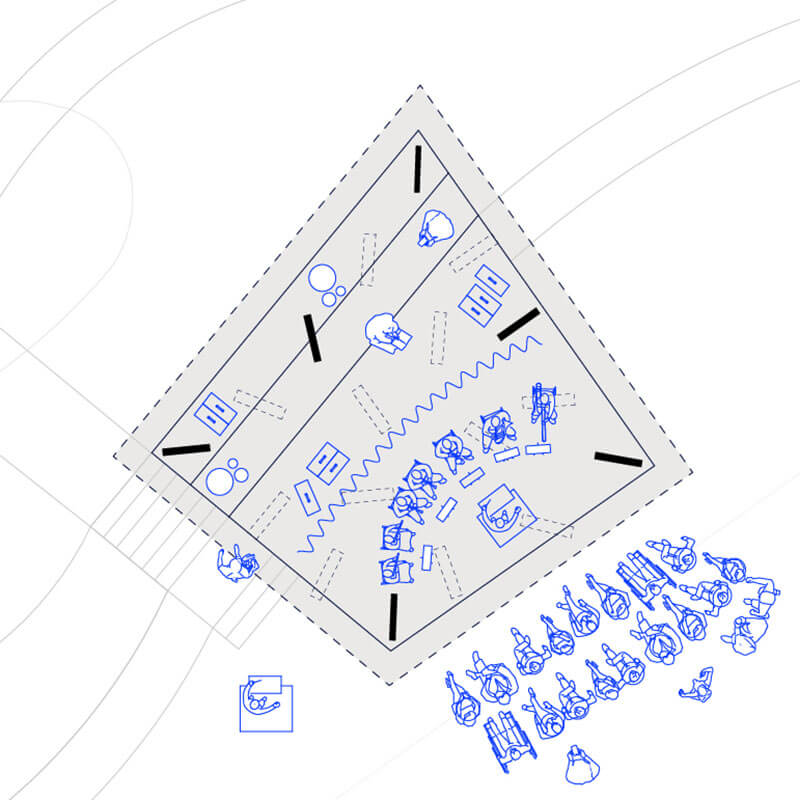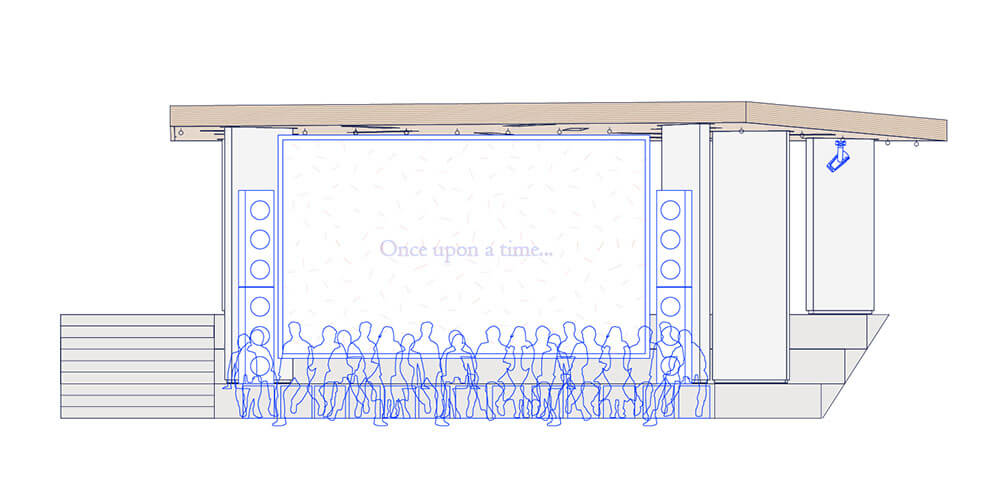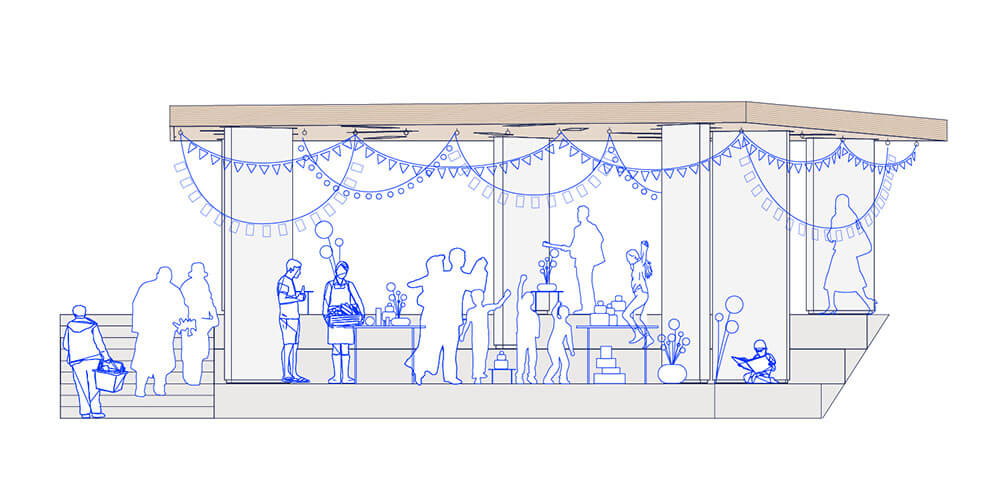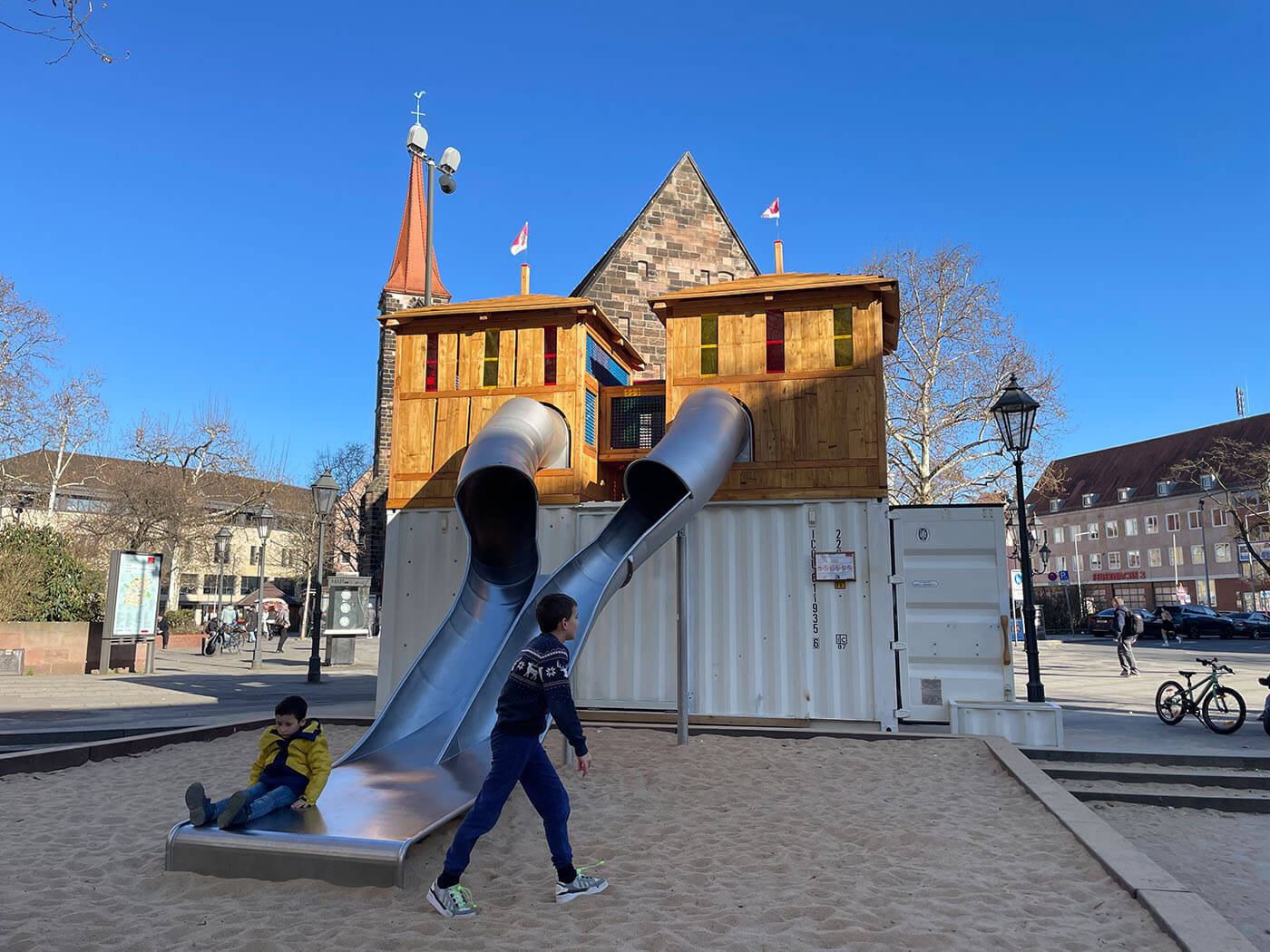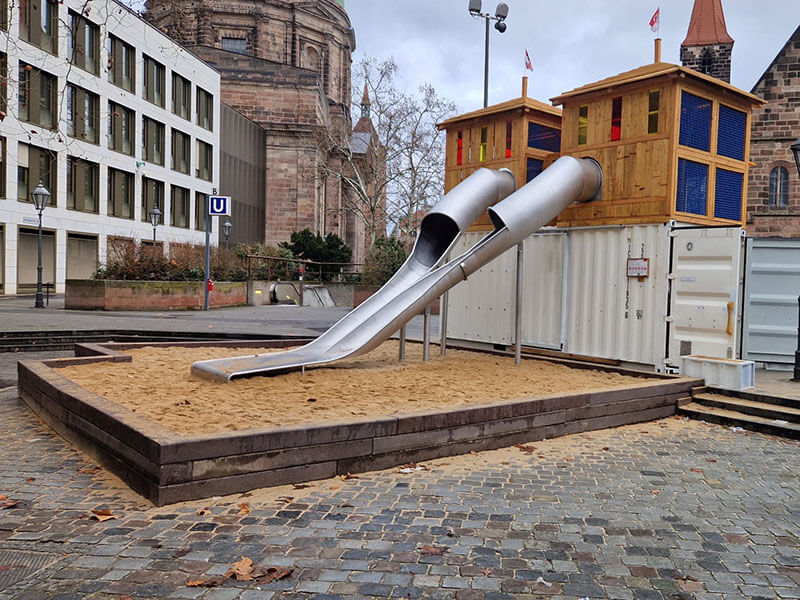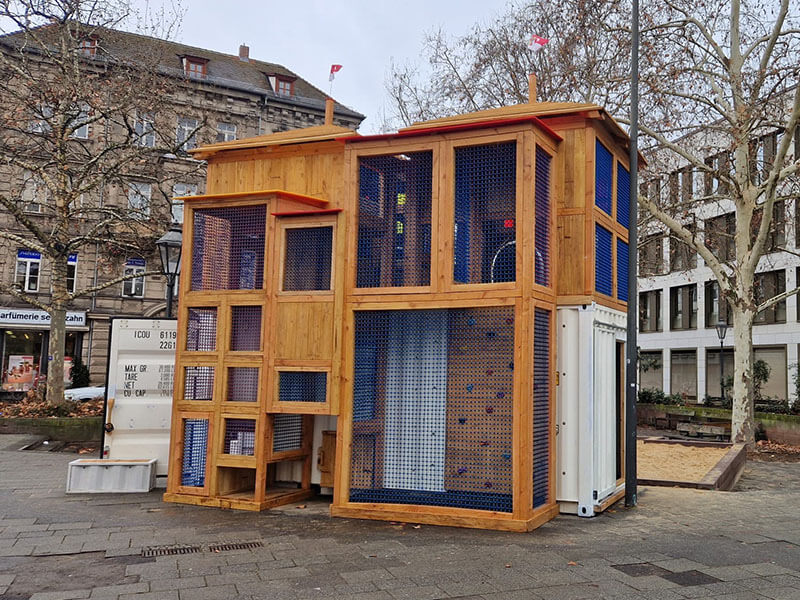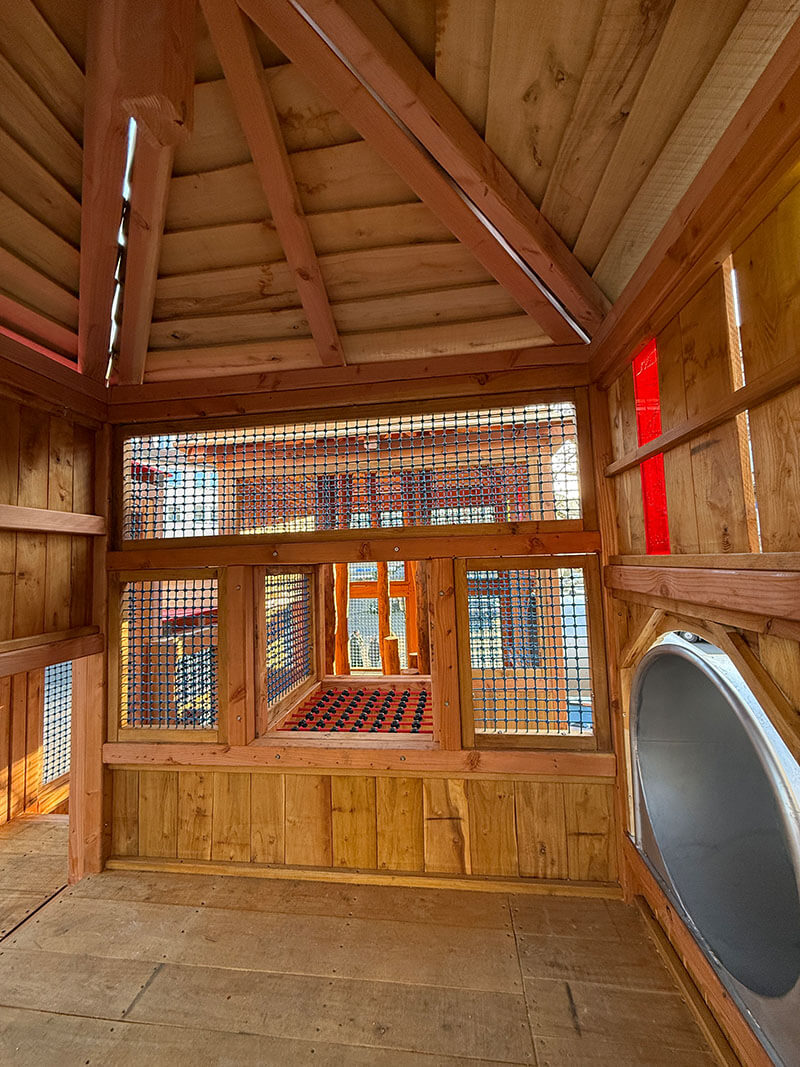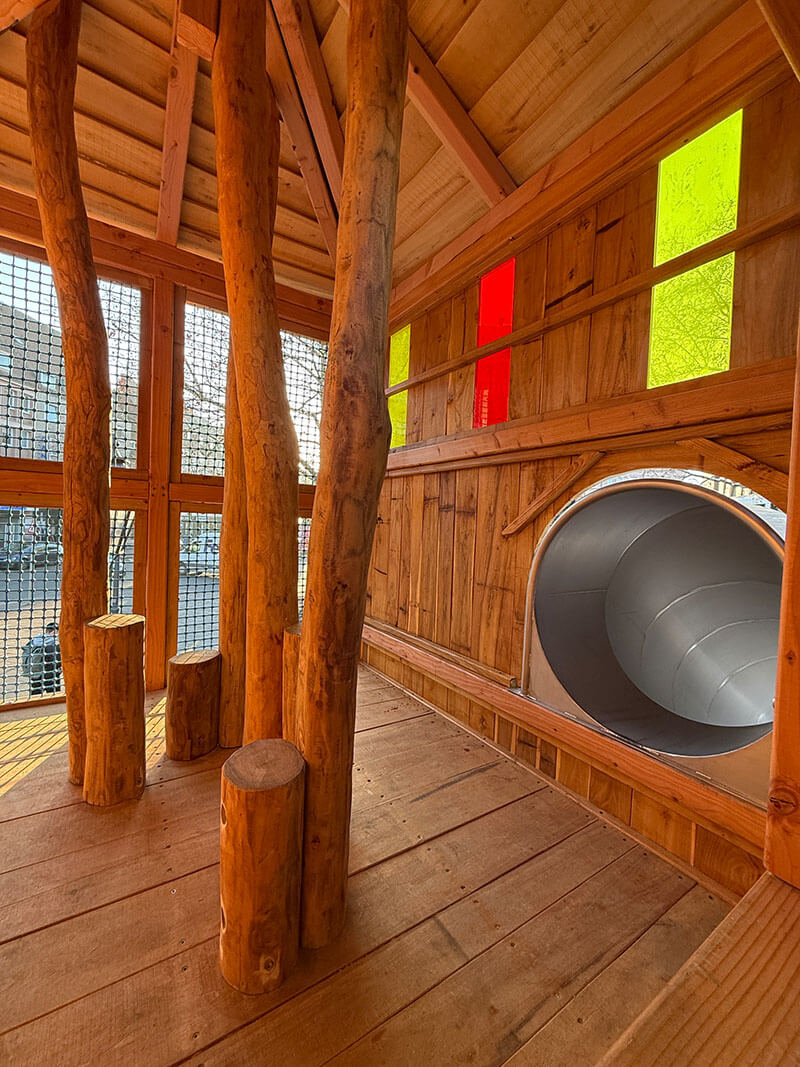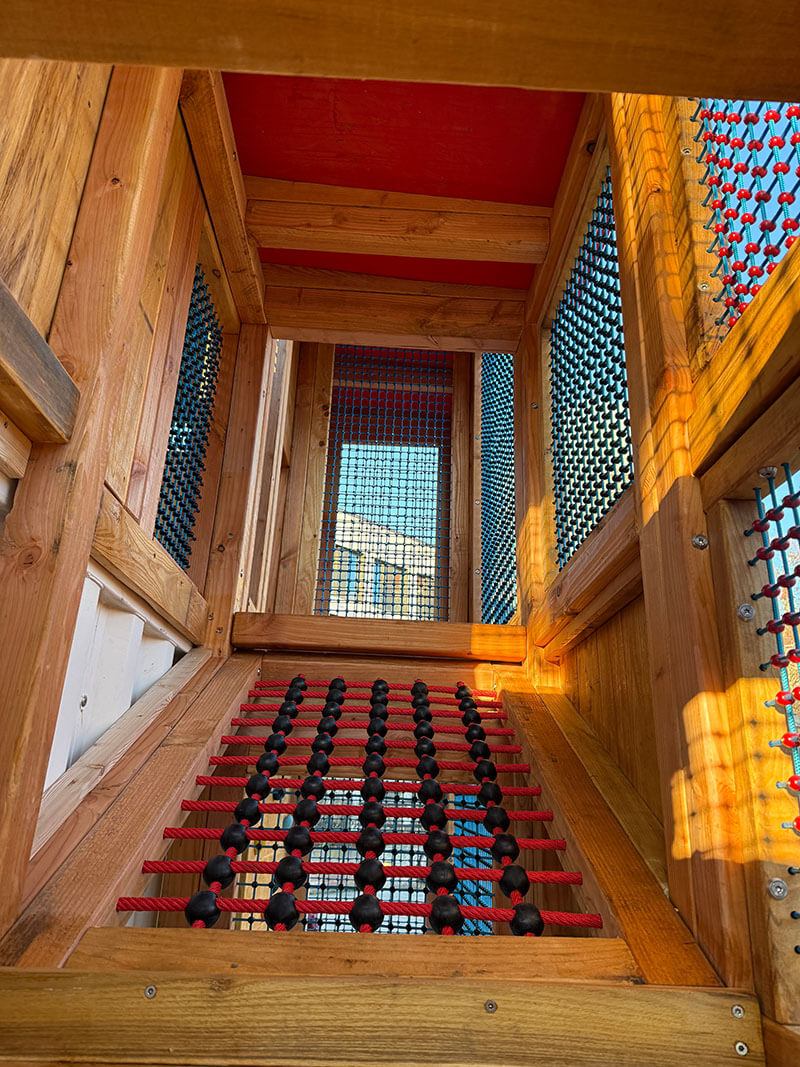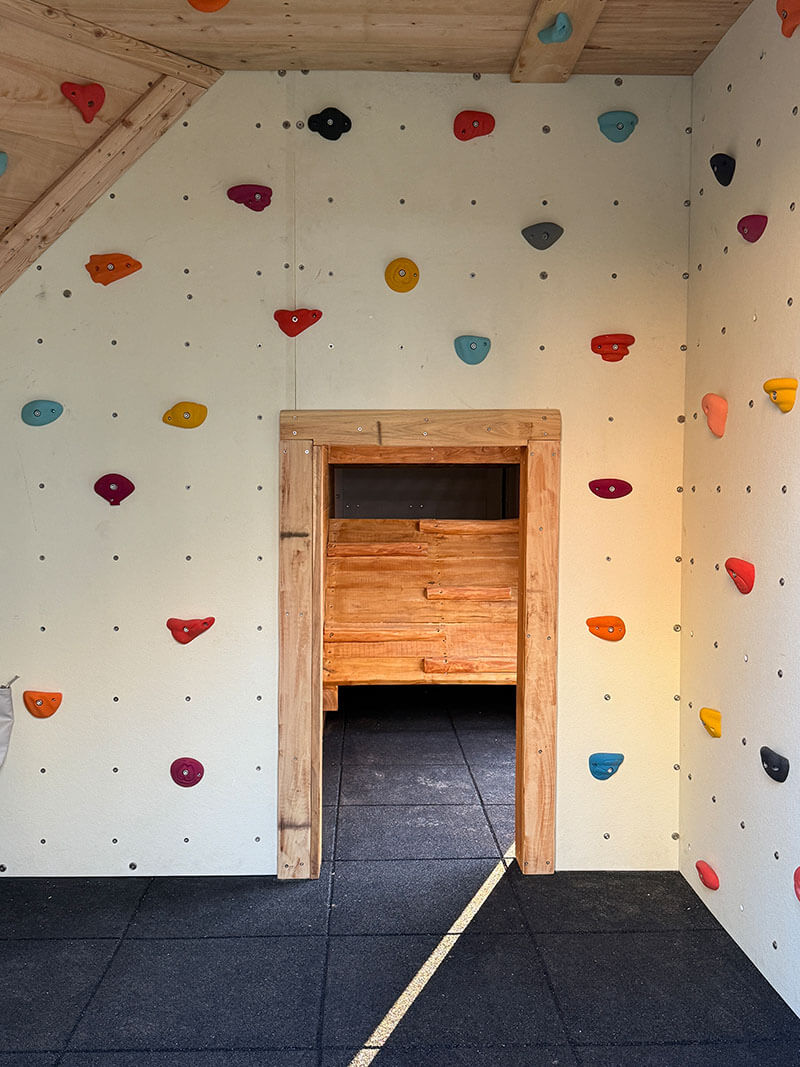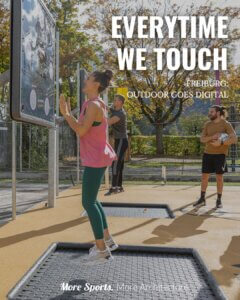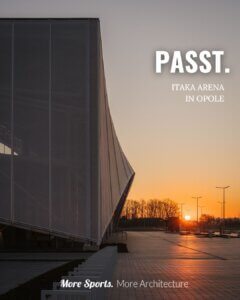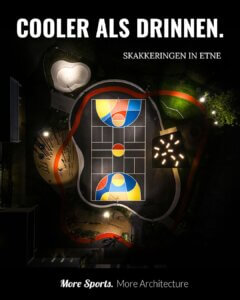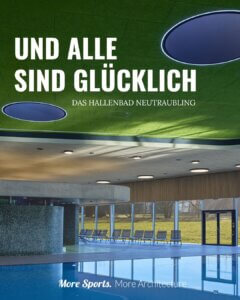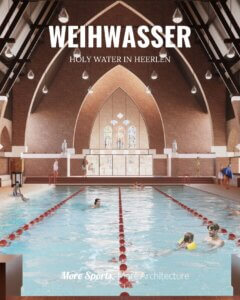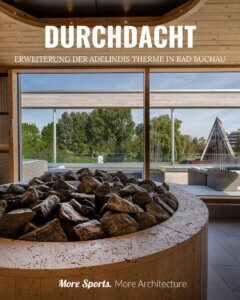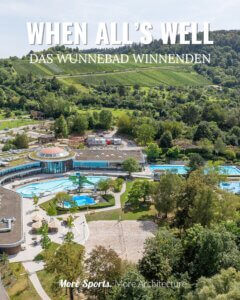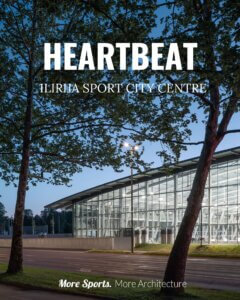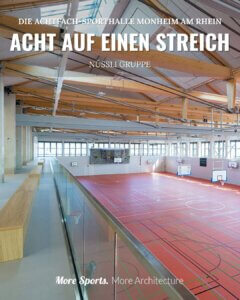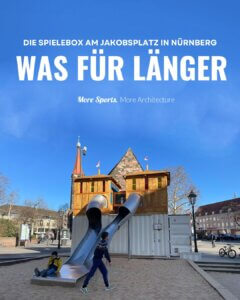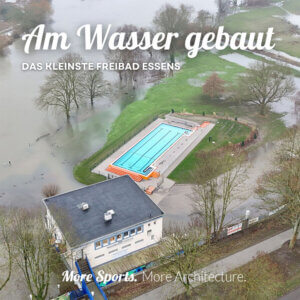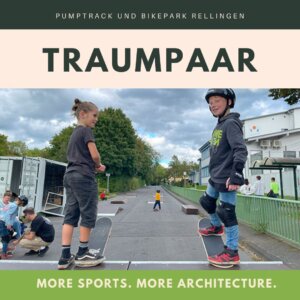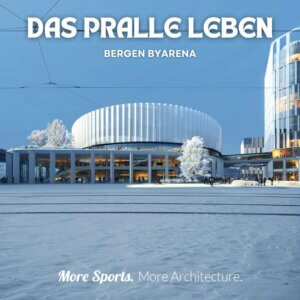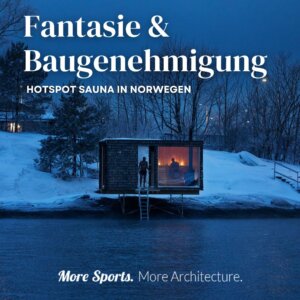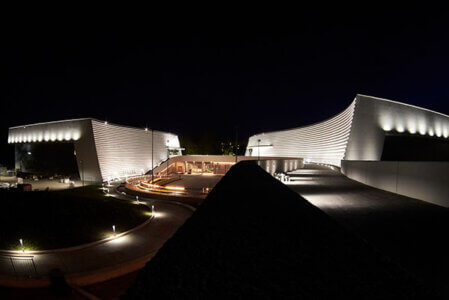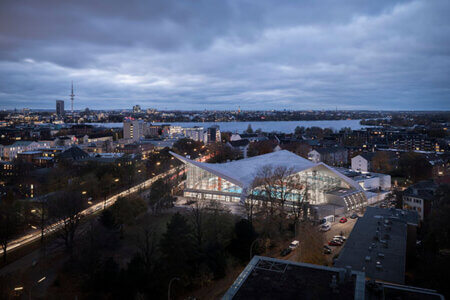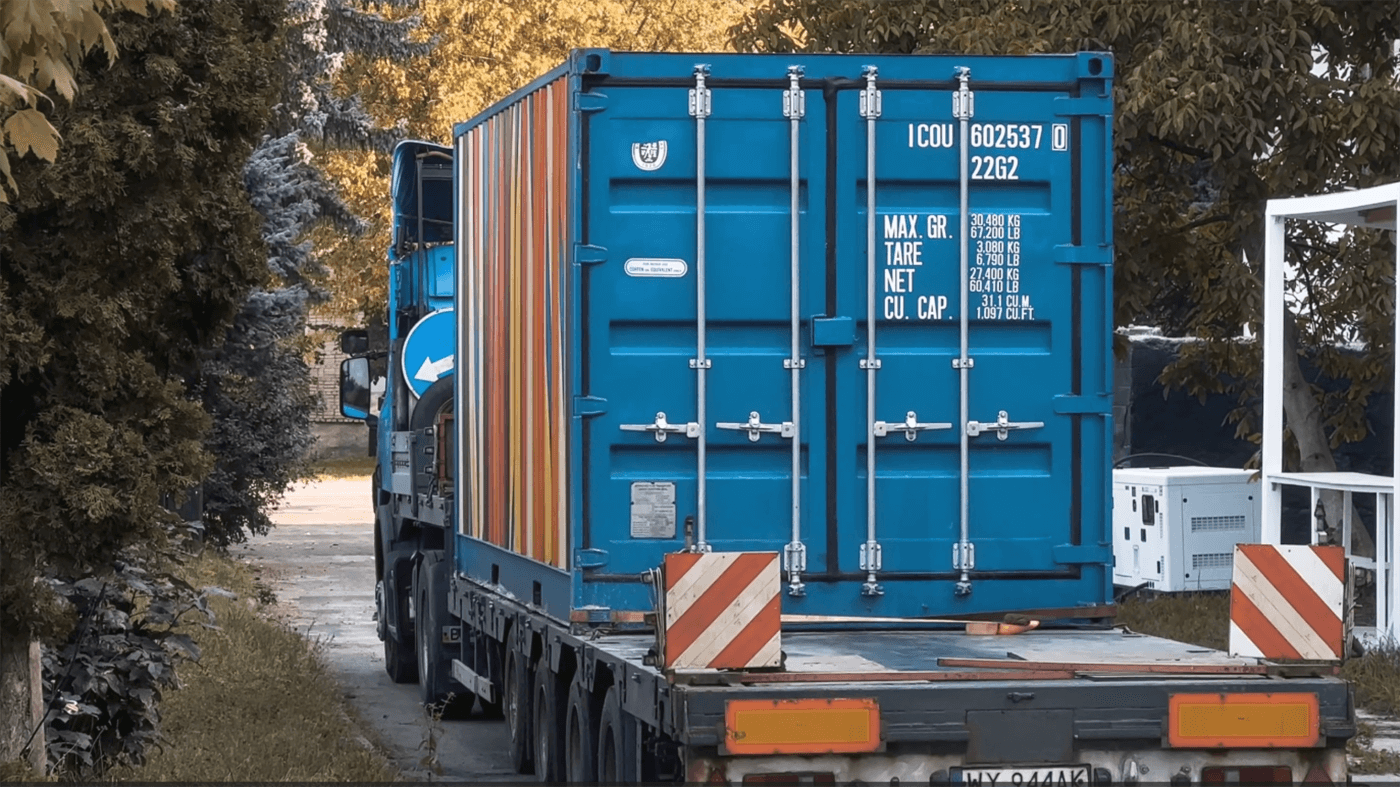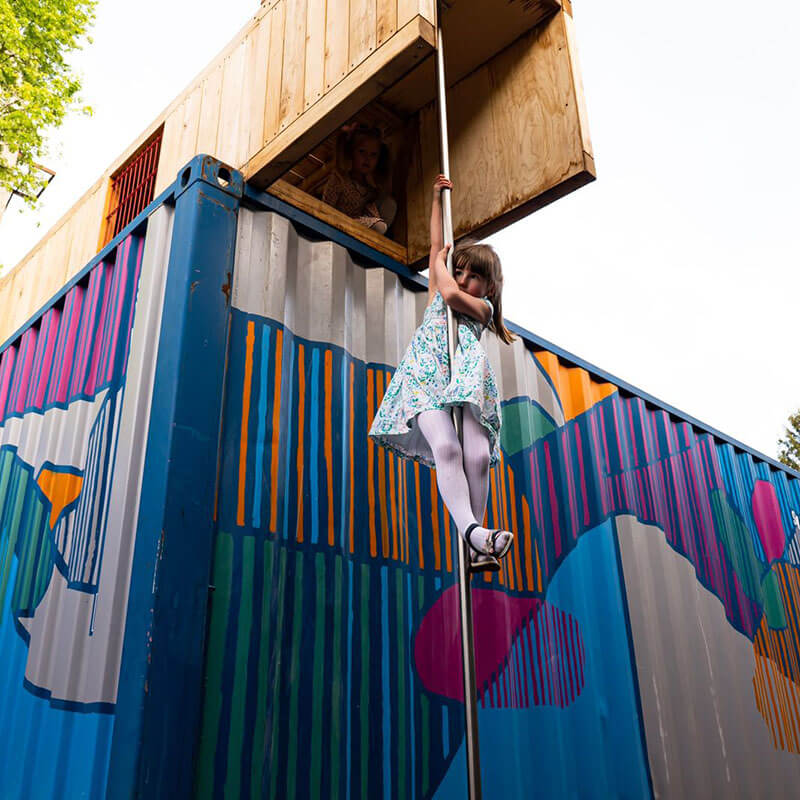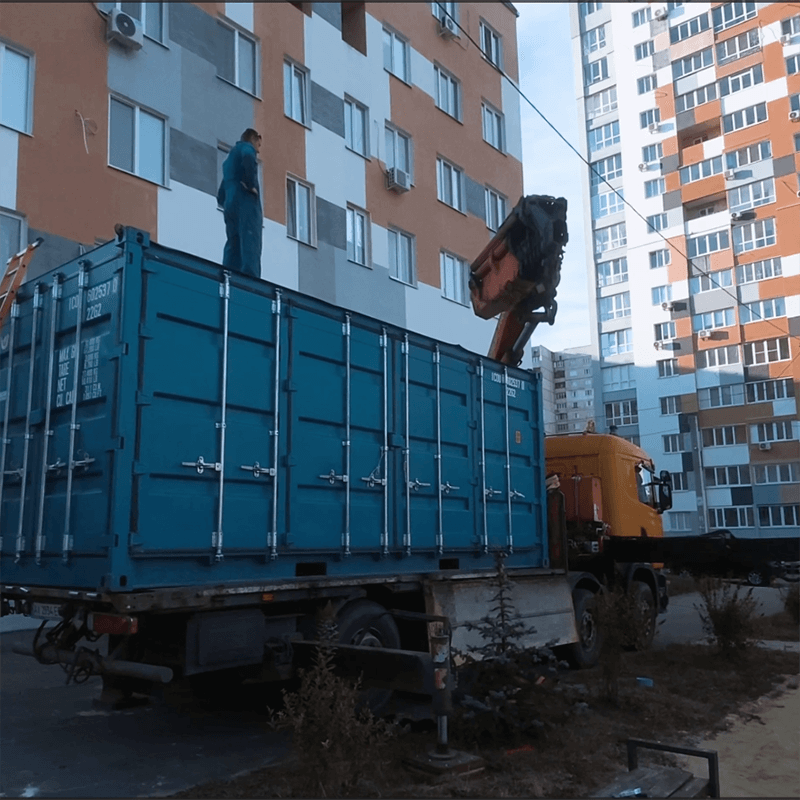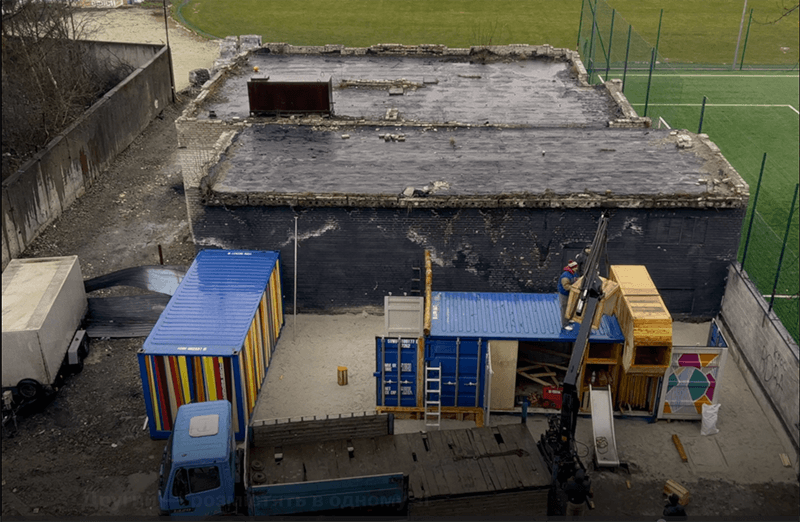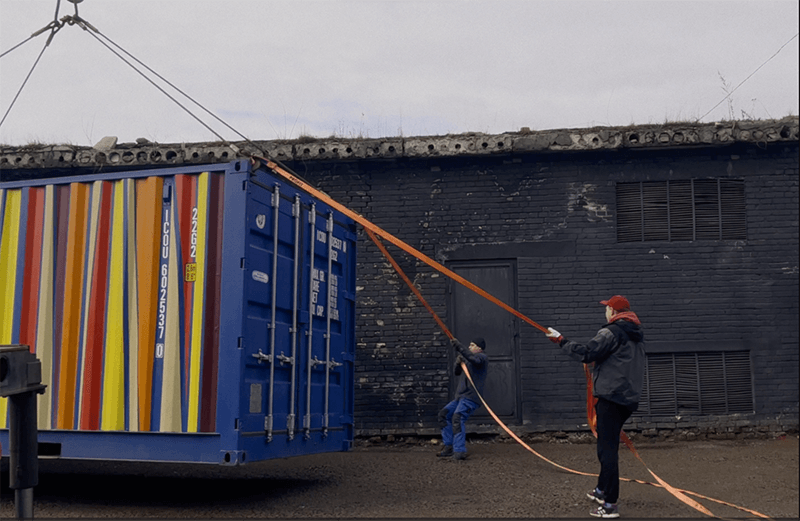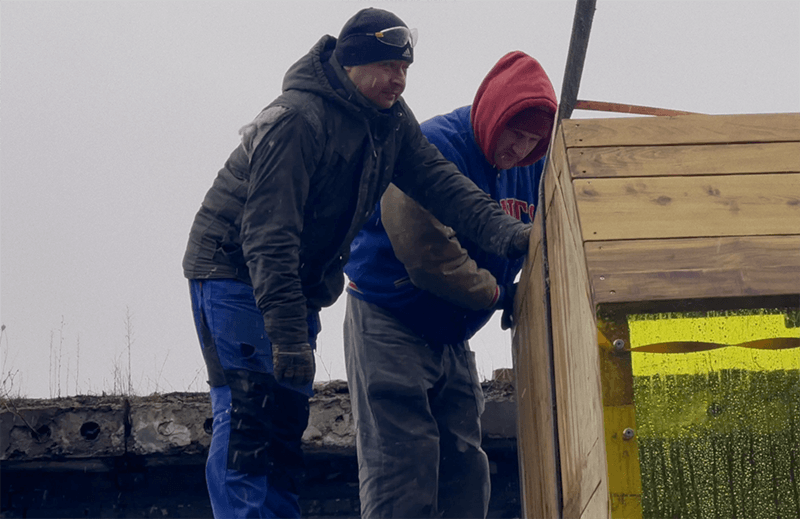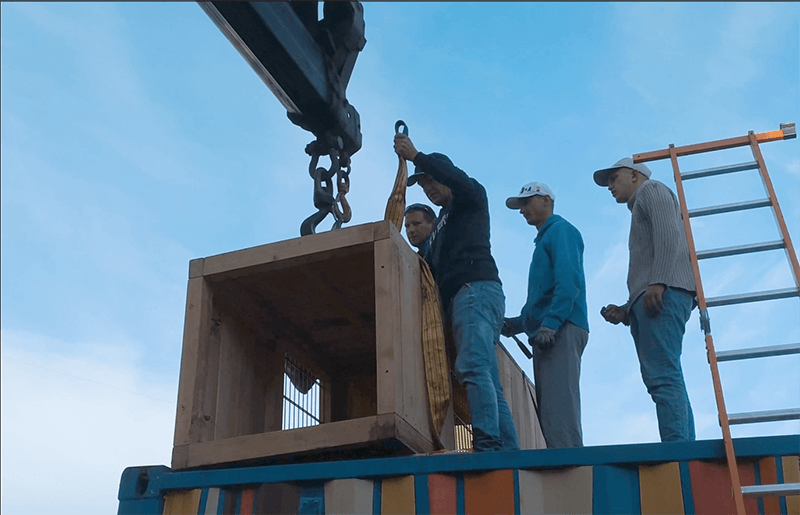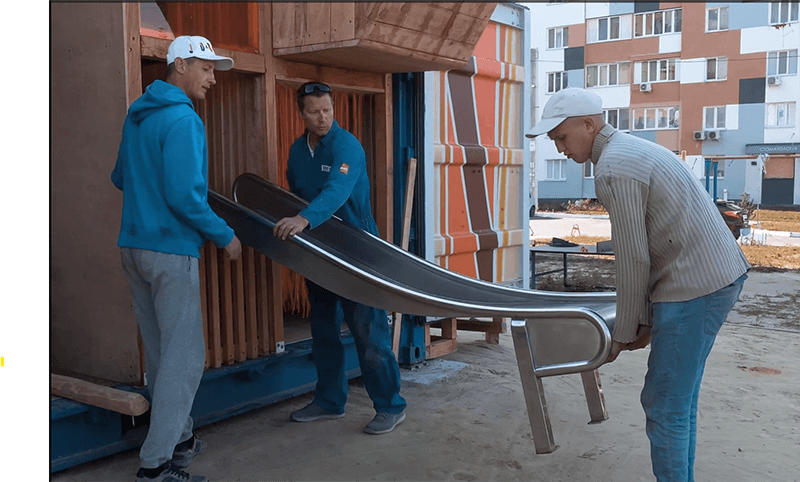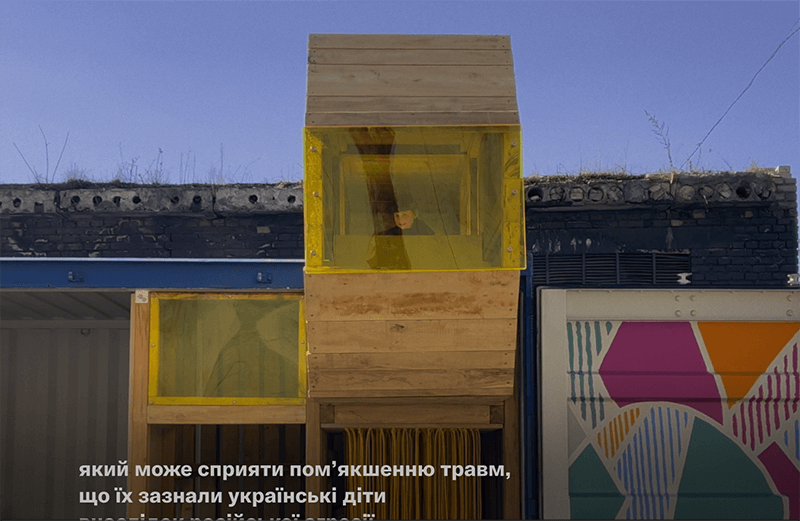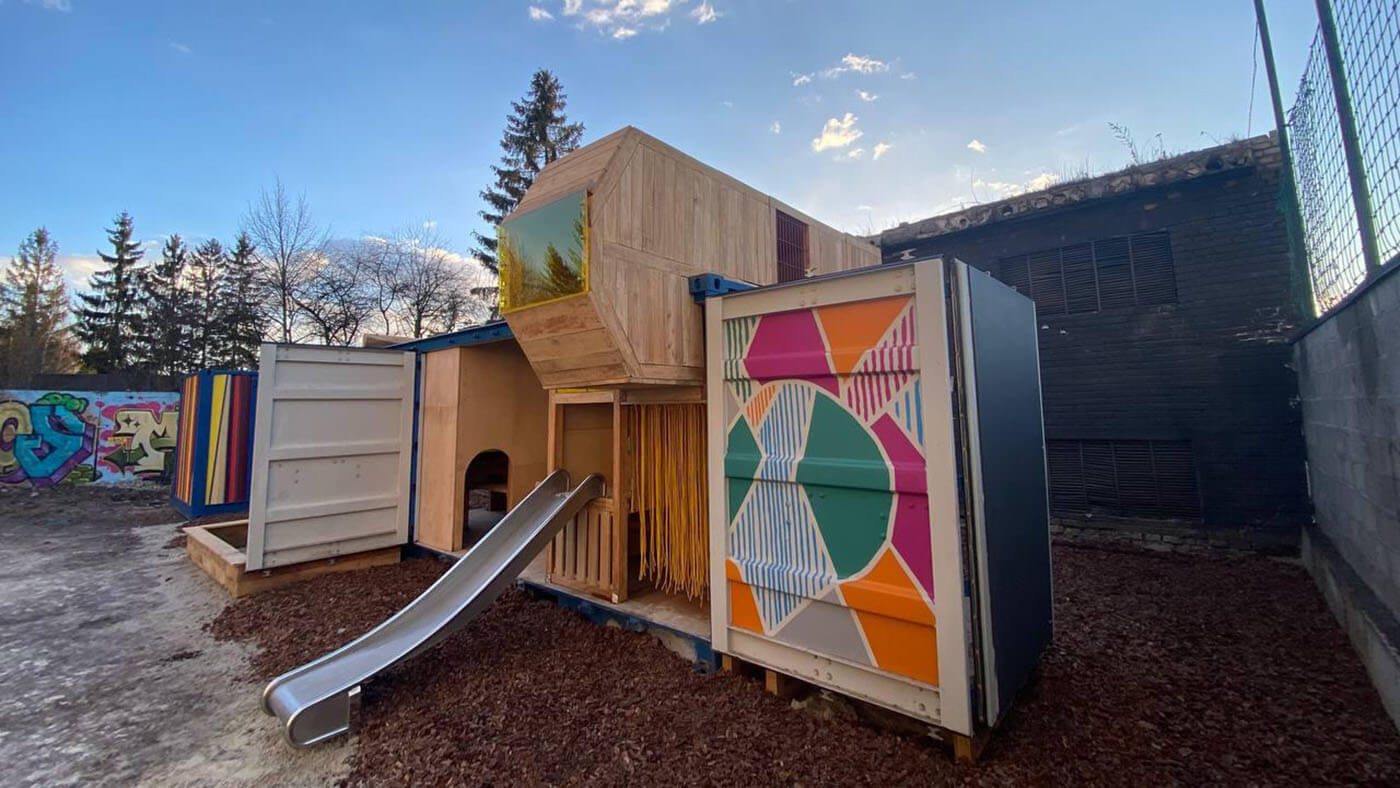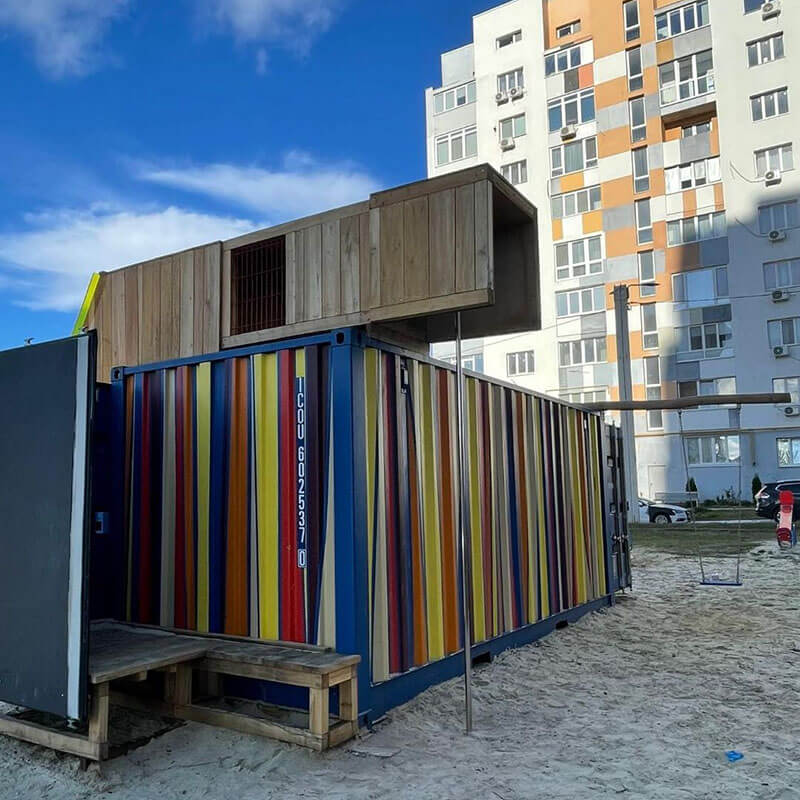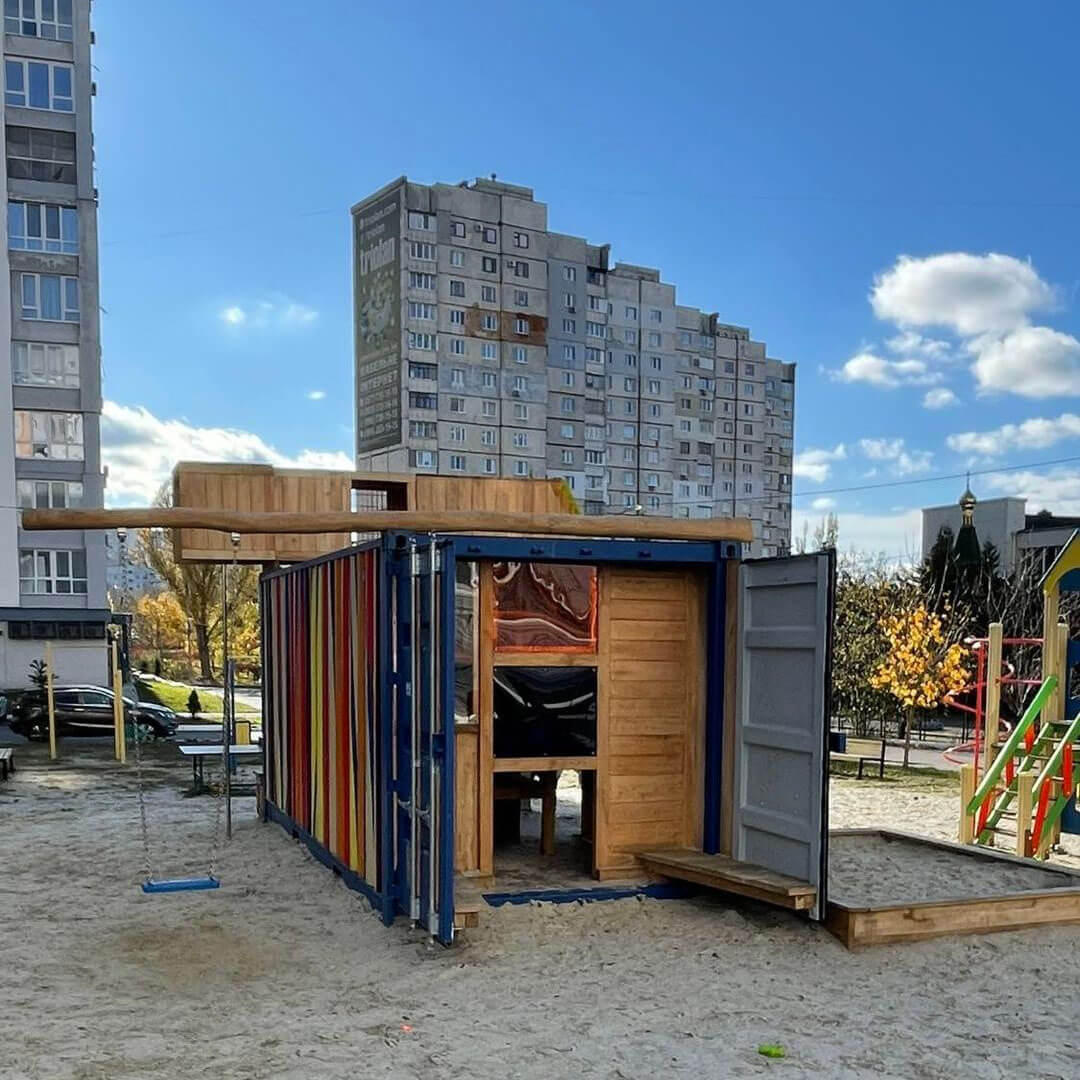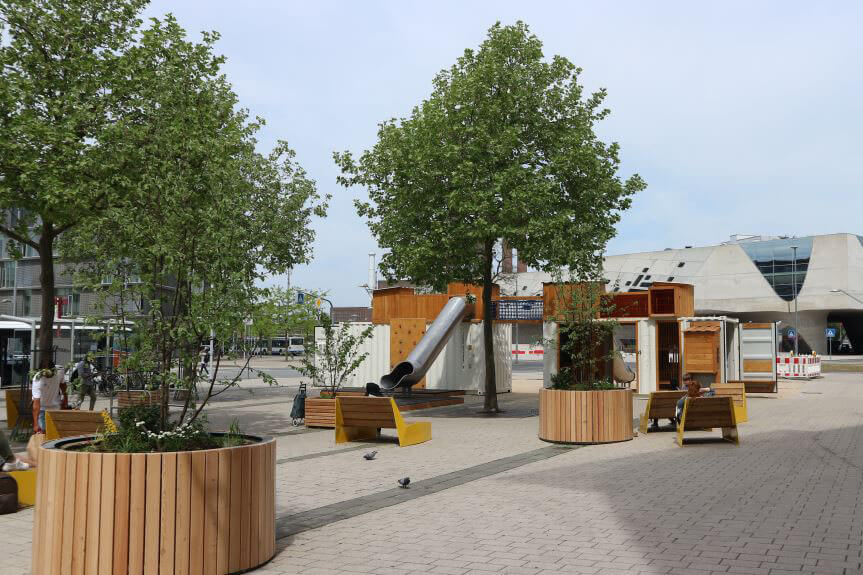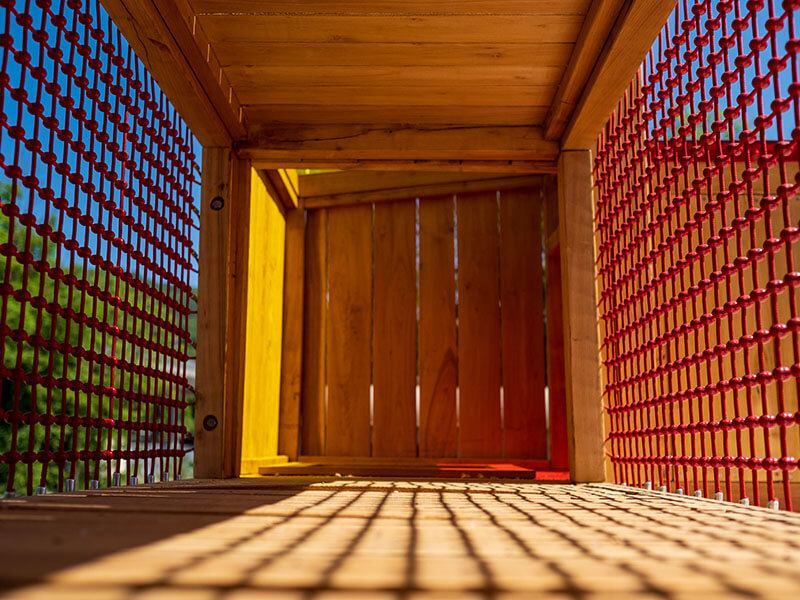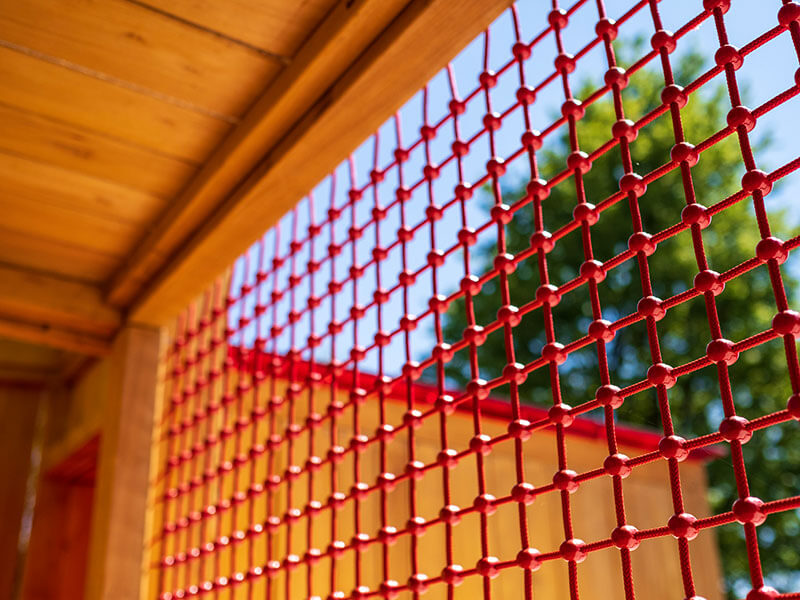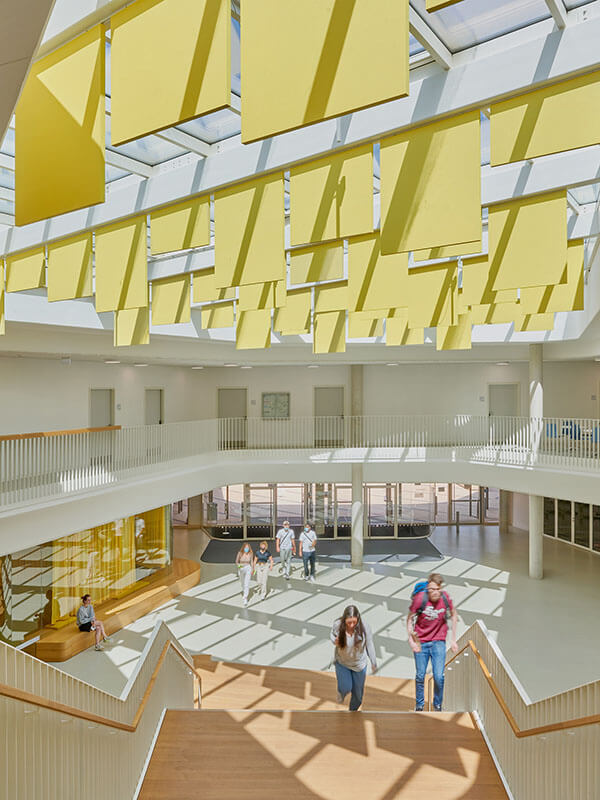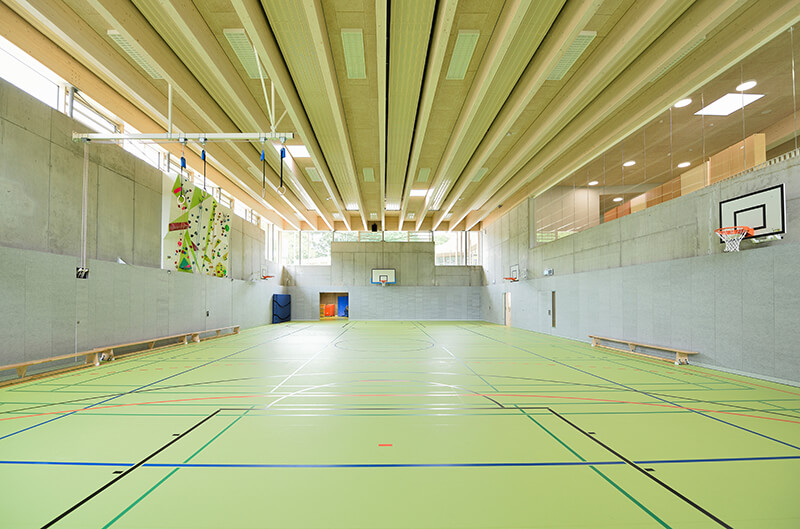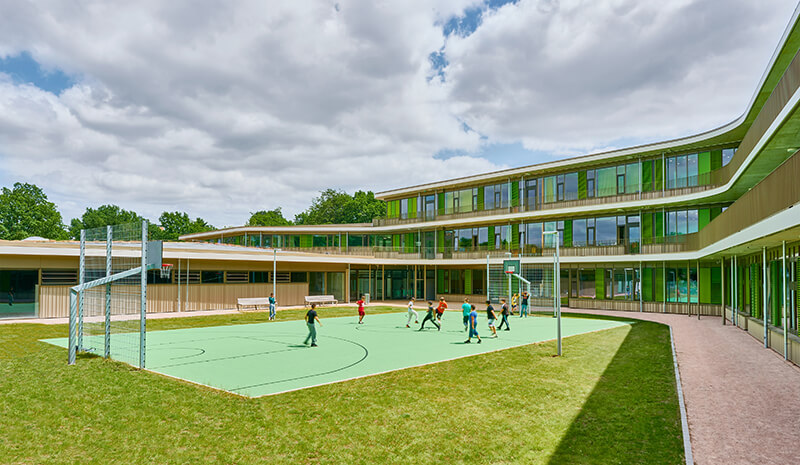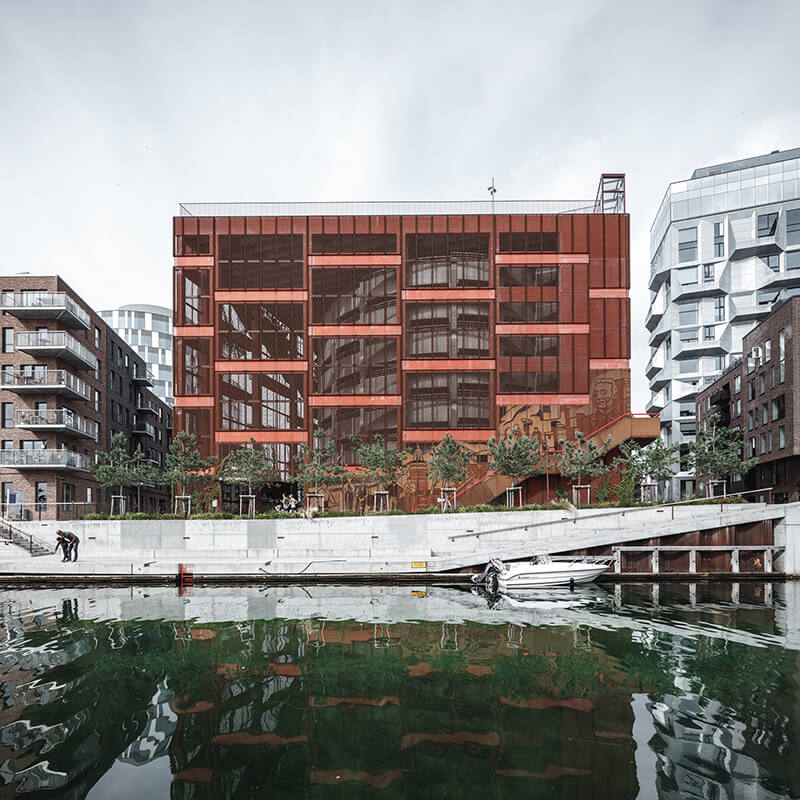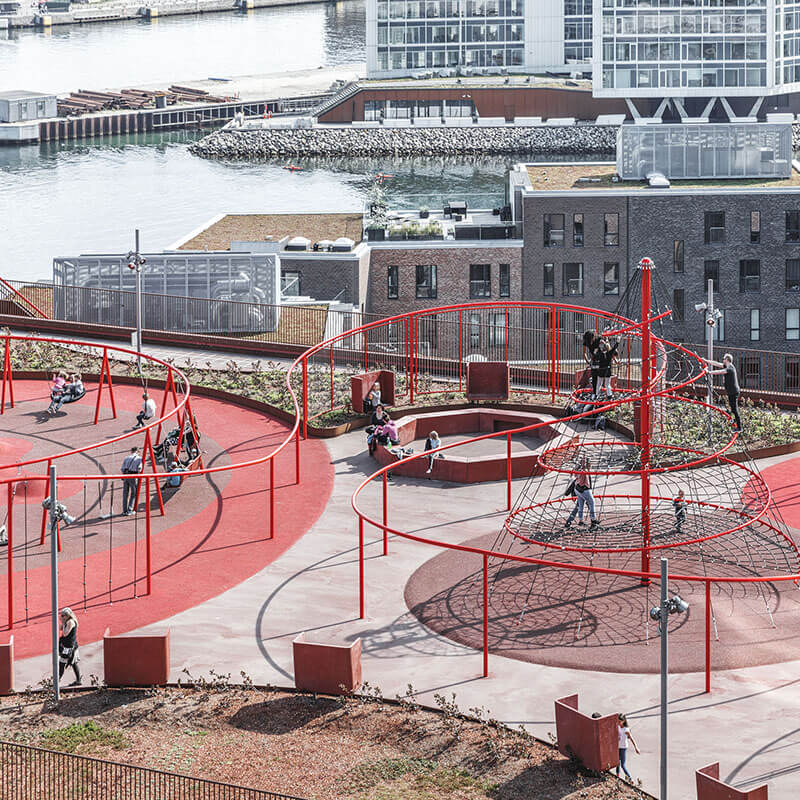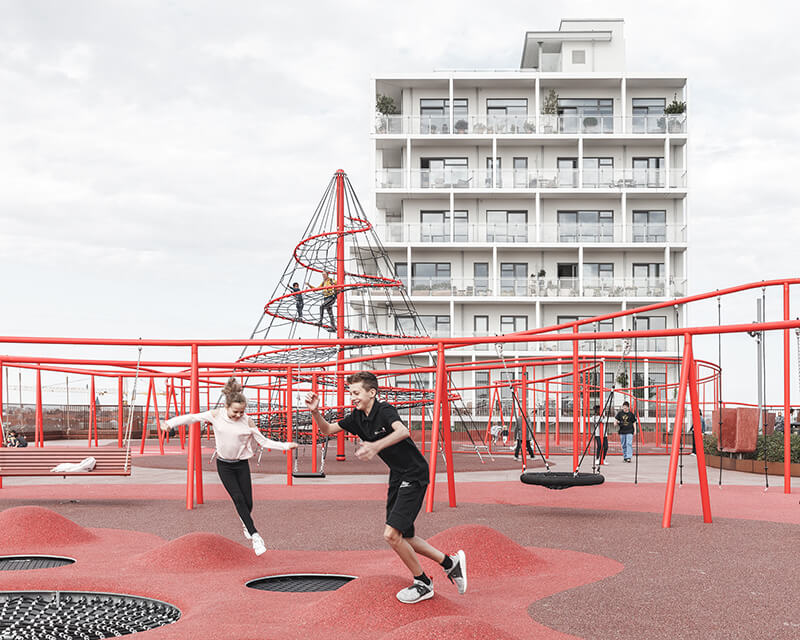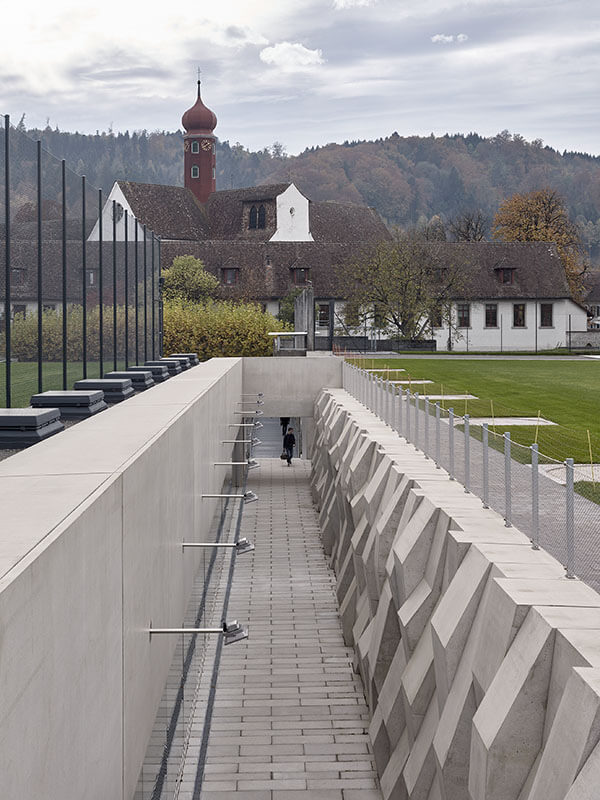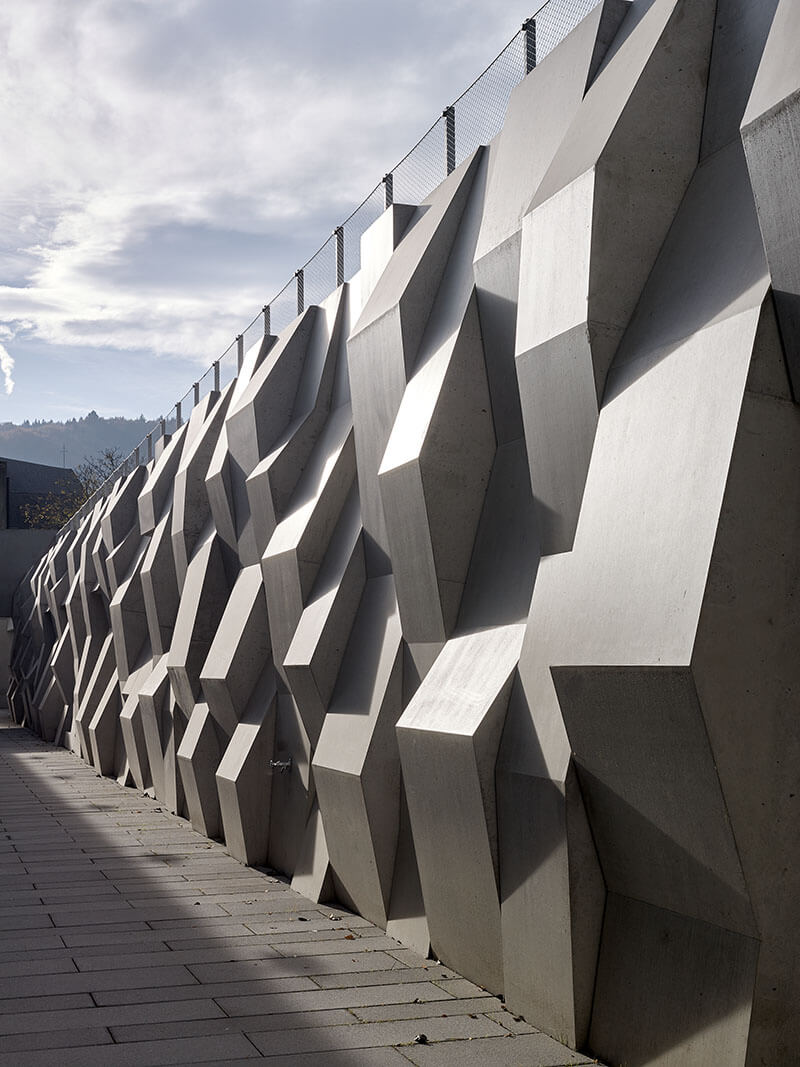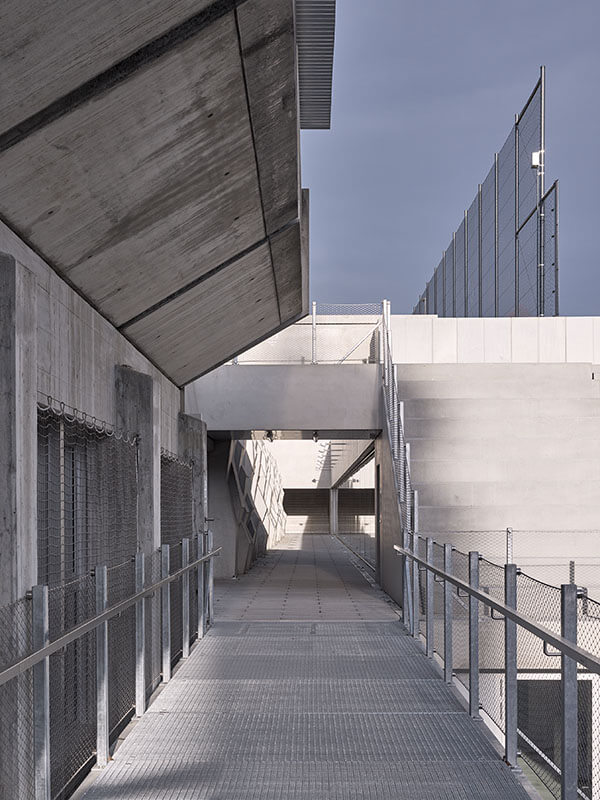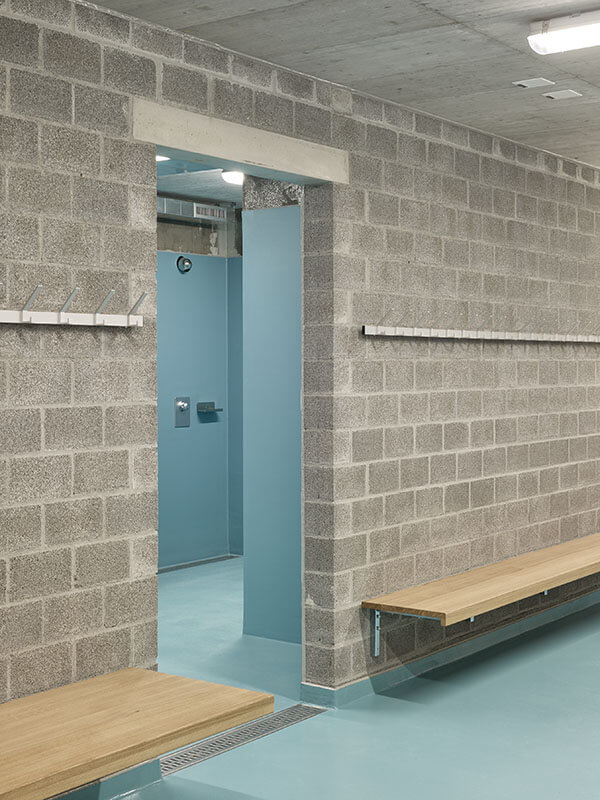Freiburger Turnerschaft
Freiburger Turnerschaft Skill Park and Stadium Area
Open to Everything
SportAtrium
In recent years, the Freiburger Turnerschaft has realized two remarkable outdoor sports projects on its club grounds. Both facilities greatly enhance the variety, user-friendliness, and spatial efficiency of the site, while providing training opportunities that appeal to all ages and skill levels.
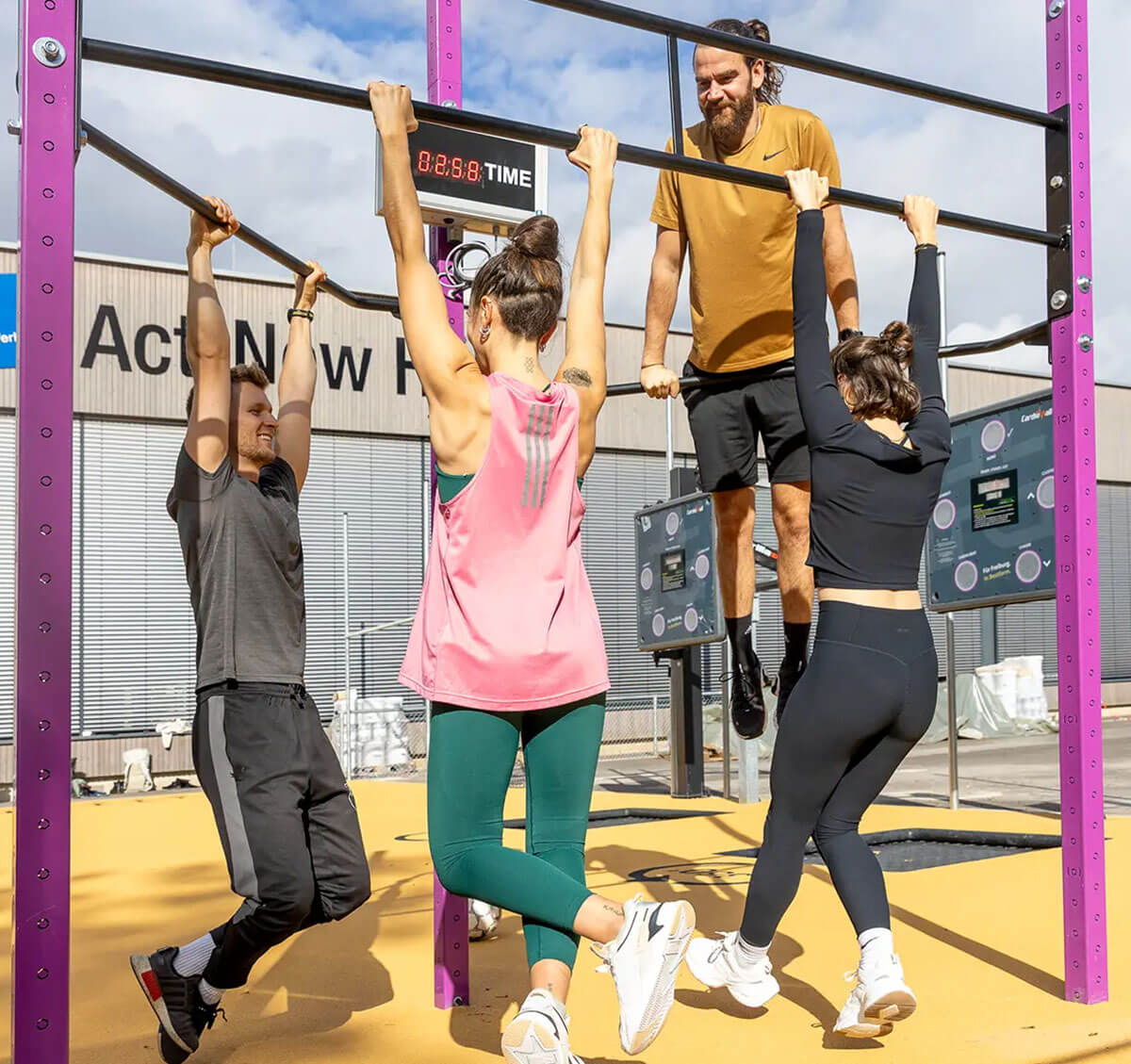
Everything for Everyone
The Freiburger Turnerschaft of 1844 e. V. is one of the largest and most traditional sports clubs in southern Baden. With its extensive club grounds located directly on the Dreisam River and in close proximity to the Dreisam Stadium, the club provides ideal conditions to integrate sports facilities like the Skill Park and the Stadium Area seamlessly into the existing infrastructure. Both projects share several key features:
Inclusion & Accessibility: All facilities are designed to be usable with wheelchairs or strollers.
Versatility: Both areas cater to a wide range of athletic abilities, from endurance, strength, and speed to coordination and mobility.
Compact Spatial Planning: Clever placement of equipment maximizes usability even on relatively small plots.
Custom Fabrication: Where standard solutions were insufficient, planners developed tailor-made equipment in-house.
Both projects also benefit from their central location directly on Schwarzwaldstraße—between the Dreisam Stadium, the youth hostel, and the riverside swimming area—making them attractive not only for club members but also for stadium visitors, walkers, and joggers.
Planning and implementation of both projects were carried out by SportAtrium.
Skill Park
Measure, Compare, Improve: Completed in 2024, the Skill Park offers a compact 165 m² training area focused on digital tracking and athletic challenges. Here, users can test and enhance their performance across a variety of disciplines.
Highlights of the equipment include electronic sprint measurement, throwing and shooting measurement stations, interactive touch cardio walls, calisthenics equipment with timing functions, slackline, trampoline, long jump, and high jump measurement.
The concept targets ambitious athletes as well as anyone who enjoys measurable progress, from members of the Freiburger Turnerschaft to school sports groups and even sports kindergartens. A special feature is its integration into the club’s internal pathways, ensuring the Skill Park is seamlessly embedded in everyday club life.
Stadium Areal
With the Stadium Area, the second major outdoor project followed in 2025. Along the former running track, a 280 m² multifunctional fitness park was created, combining strength training, coordination, and playful movement.
Its special features include a calisthenics and crossfit area, a sensorimotor parcours with stepping stones, slackline, and trampolines, a container solution for training equipment such as dumbbells, balls, or mats, and a joint-friendly EPDM surface for warm-up and cool-down.
The park is not only for members of the Freiburger Turnerschaft. Joggers along the Dreisam and stadium visitors also find a sporty addition to their outing. The facilities are designed for all generations, from children and teenagers to families and seniors.
Two Concepts, One Goal
Whether it’s performance-oriented, measurable training in the Skill Park or general outdoor fitness in the Stadium Area, both facilities demonstrate what modern club development can look like—thoughtfully planned, usable across all target groups, and seamlessly integrated into the surroundings.
With the Skill Park and the Stadium Area, the Freiburger Turnerschaft sets a strong example of what sports facilities in the 21st century can be: compact, versatile, and open to everyone.
Project data
Planer
SportAtrium GmbH
Zellerstraße 17/1
D — 73235 Weilheim/Teck
Client
Freiburger Turnerschaft von 1844 e.V.
Schwarzwaldstrasse 181
D — 79117 Freiburg
Opening
2024 (Skillpark)
2025 (Stadion Areal)
Address
Freiburger Turnerschaft Skillpark
Freiburger Turnerschaft Stadion Areal
Schwarzwaldstrasse 181
D — 79117 Freiburg im Breisgau
Photos
SportAtrium
Text
Johannes Bühlbecker
More Sports Media
(Advertorial)

